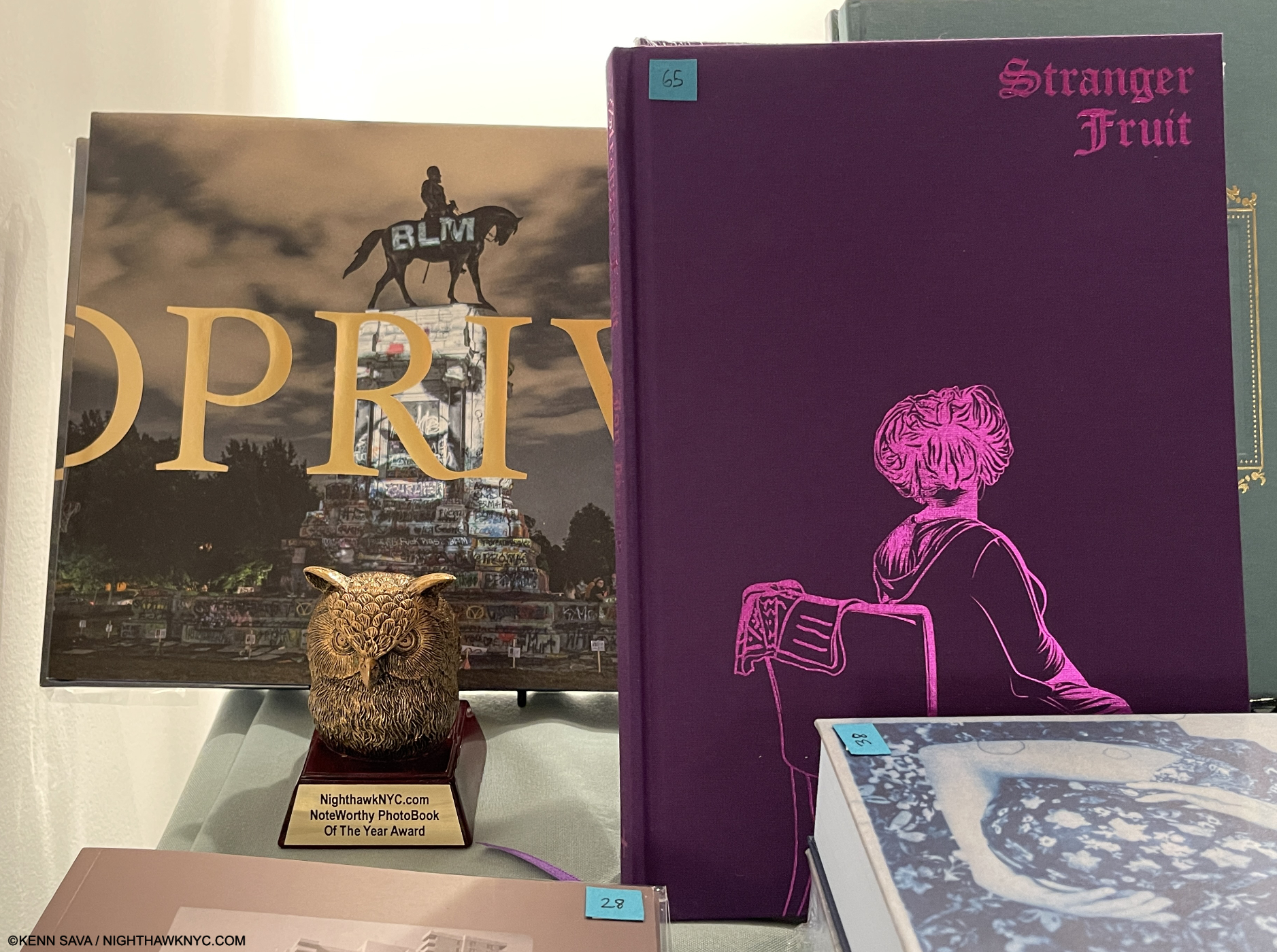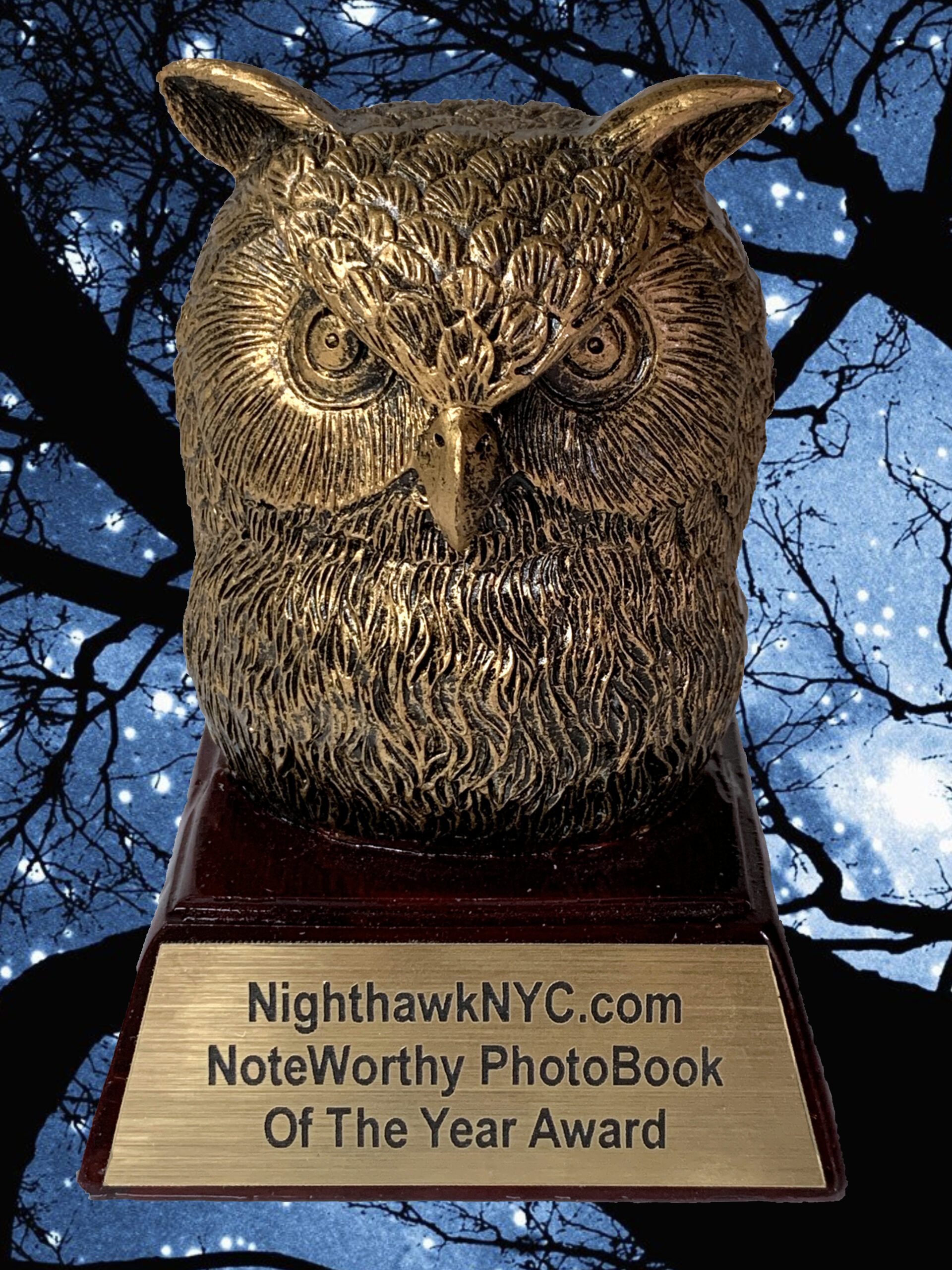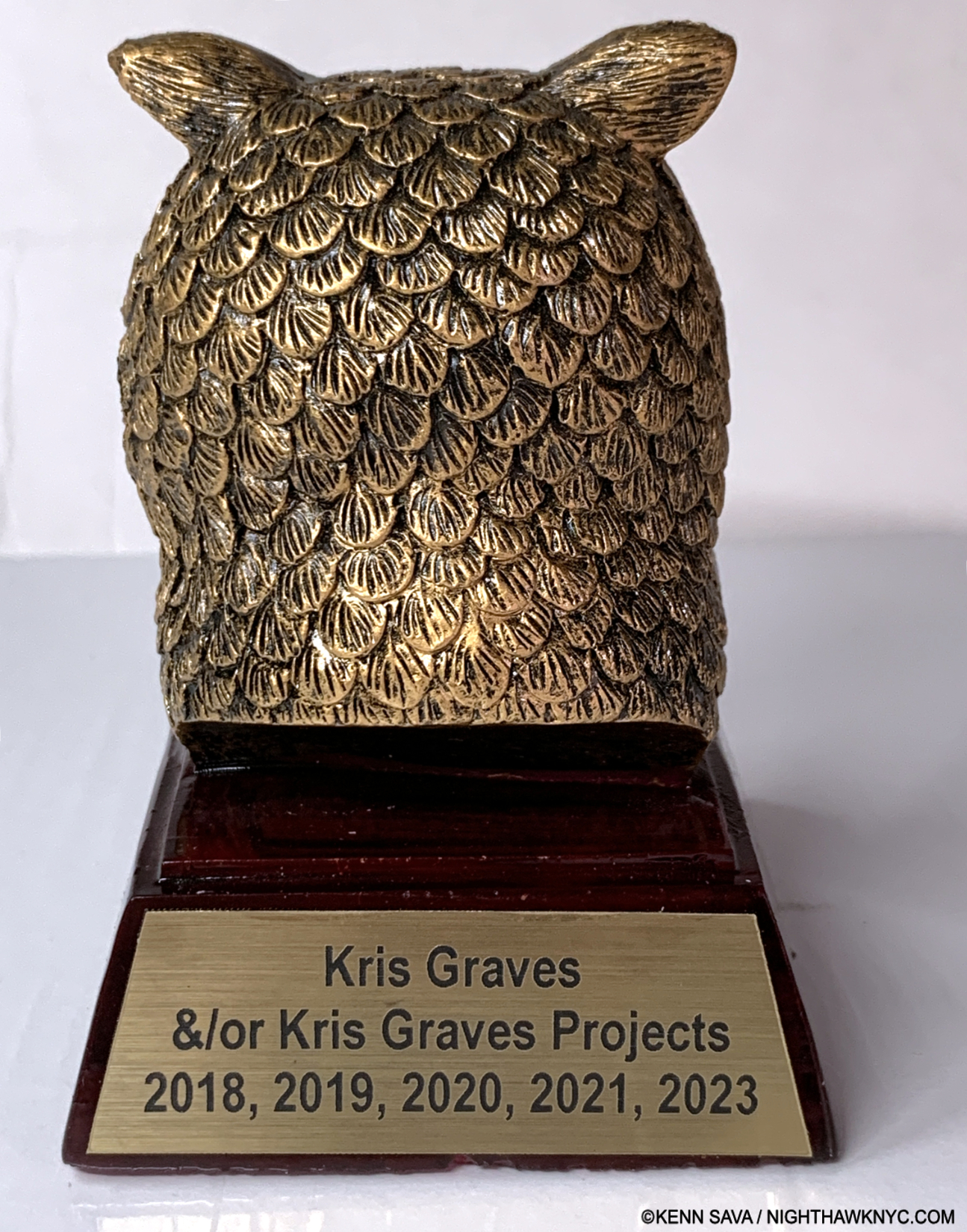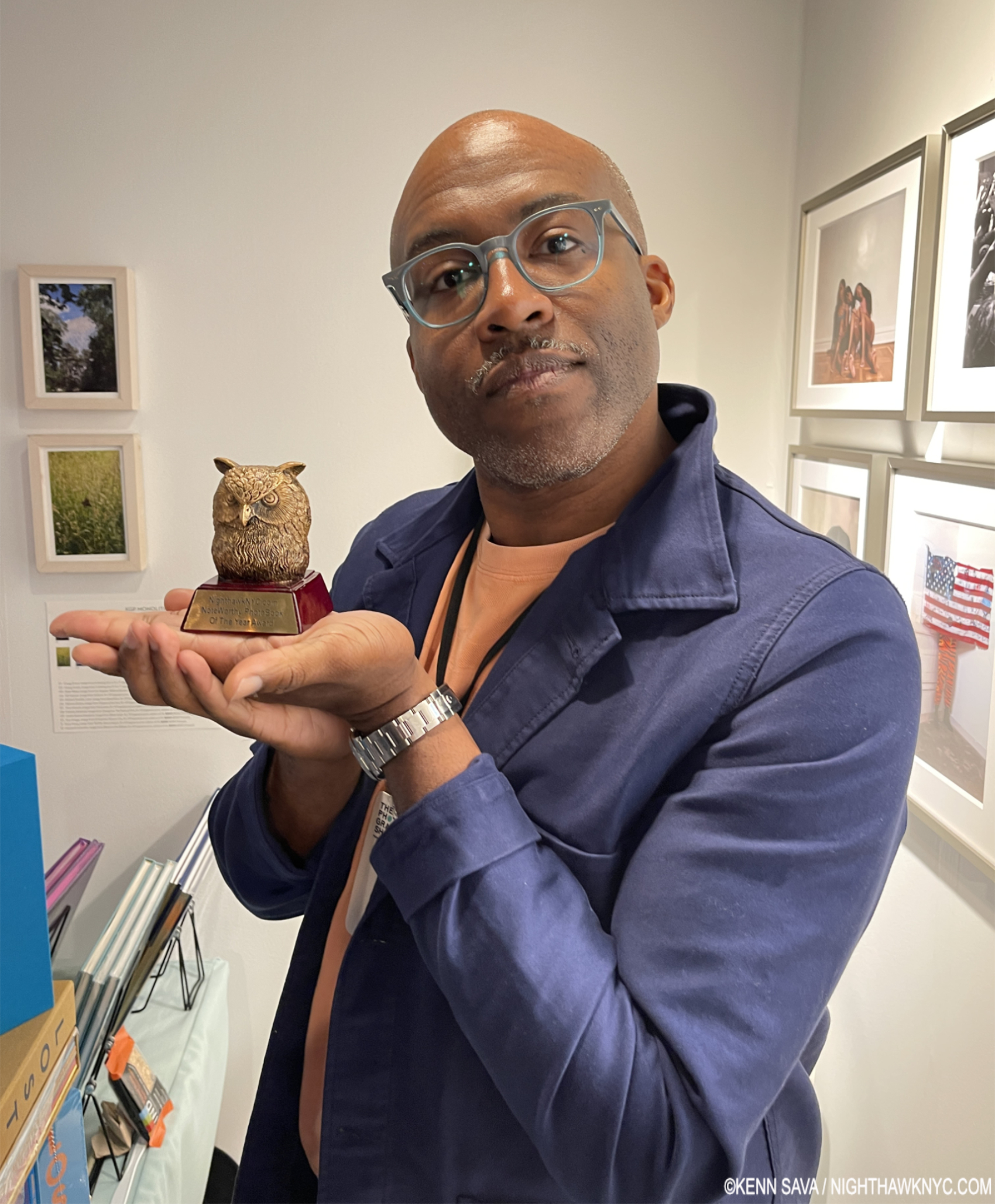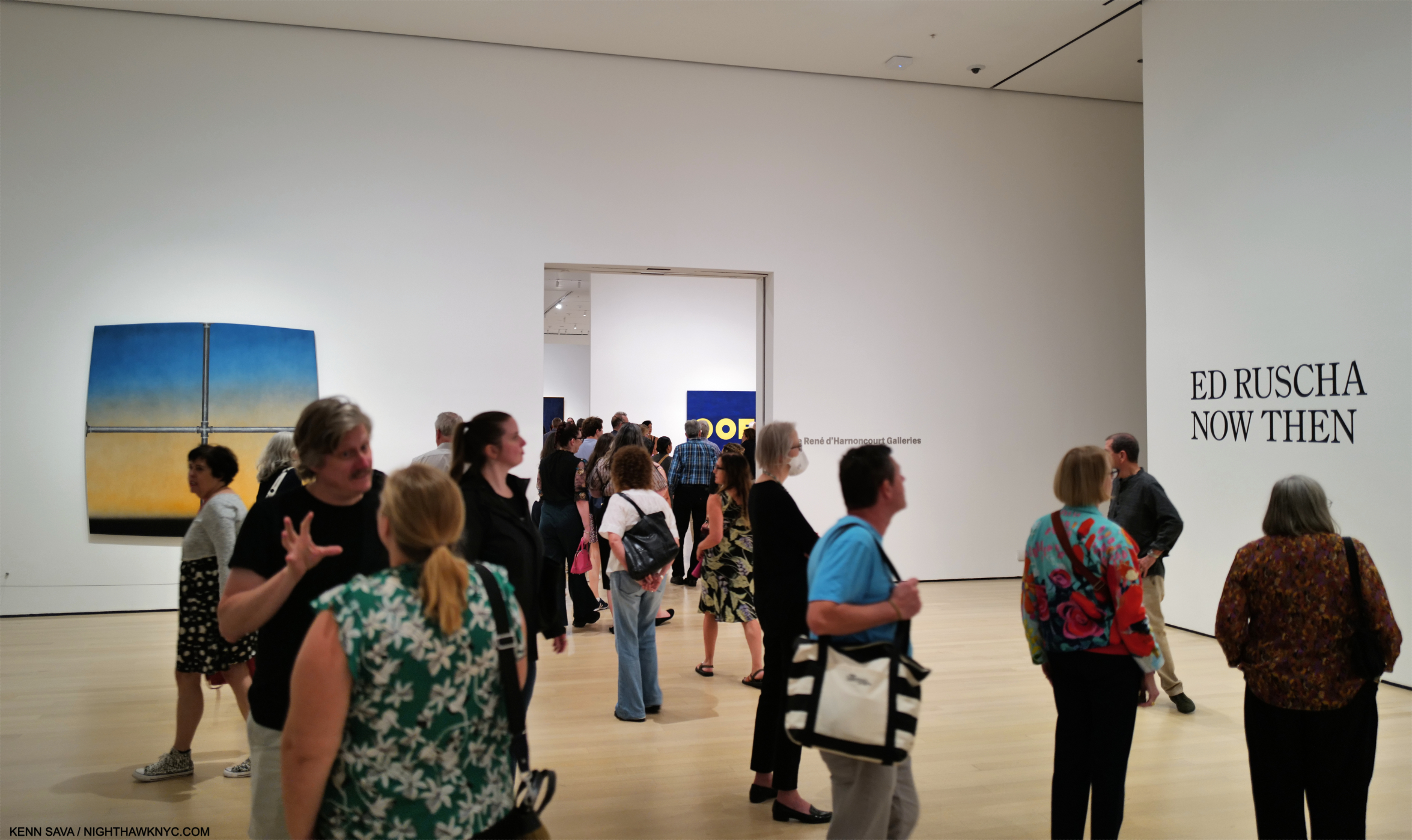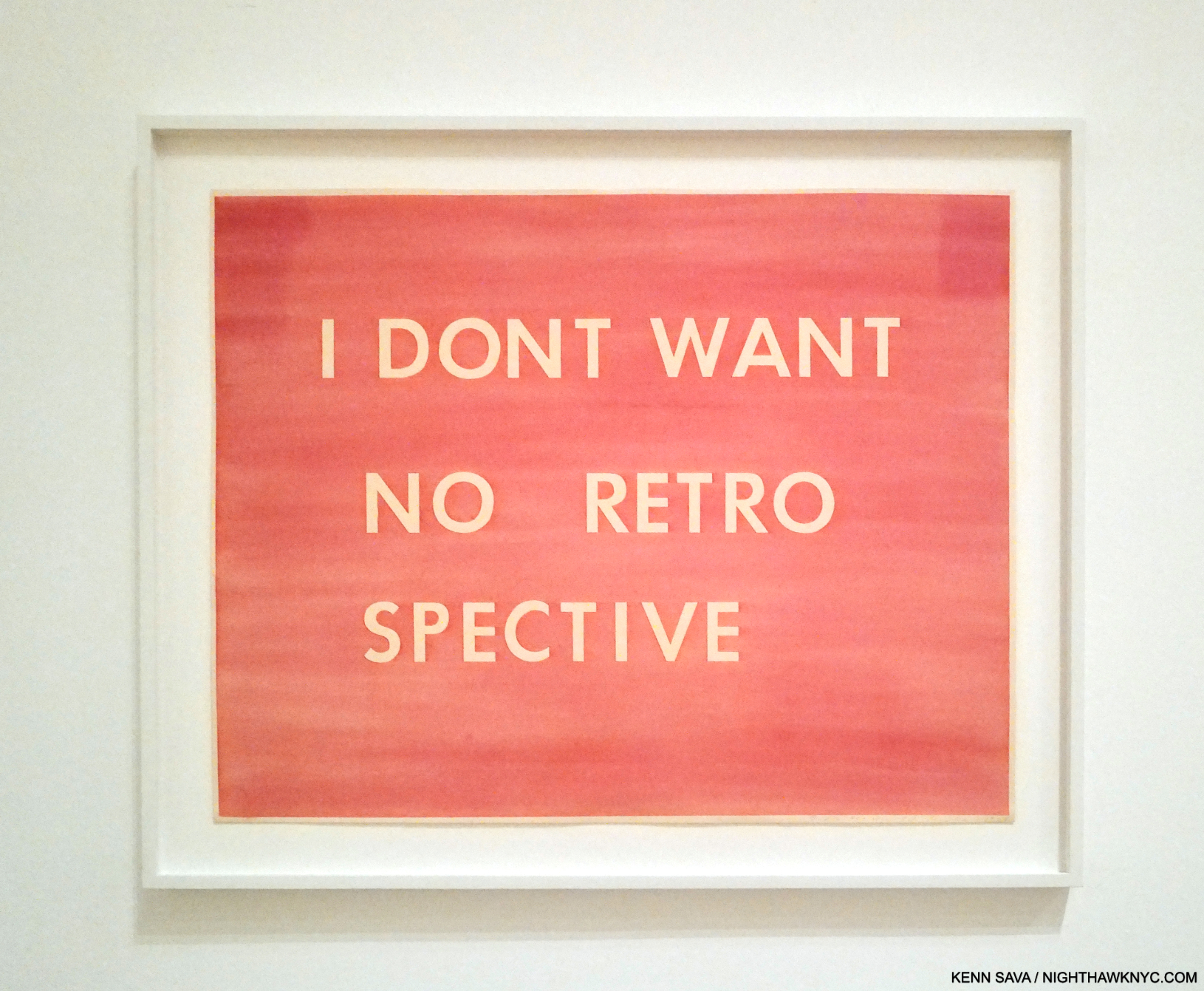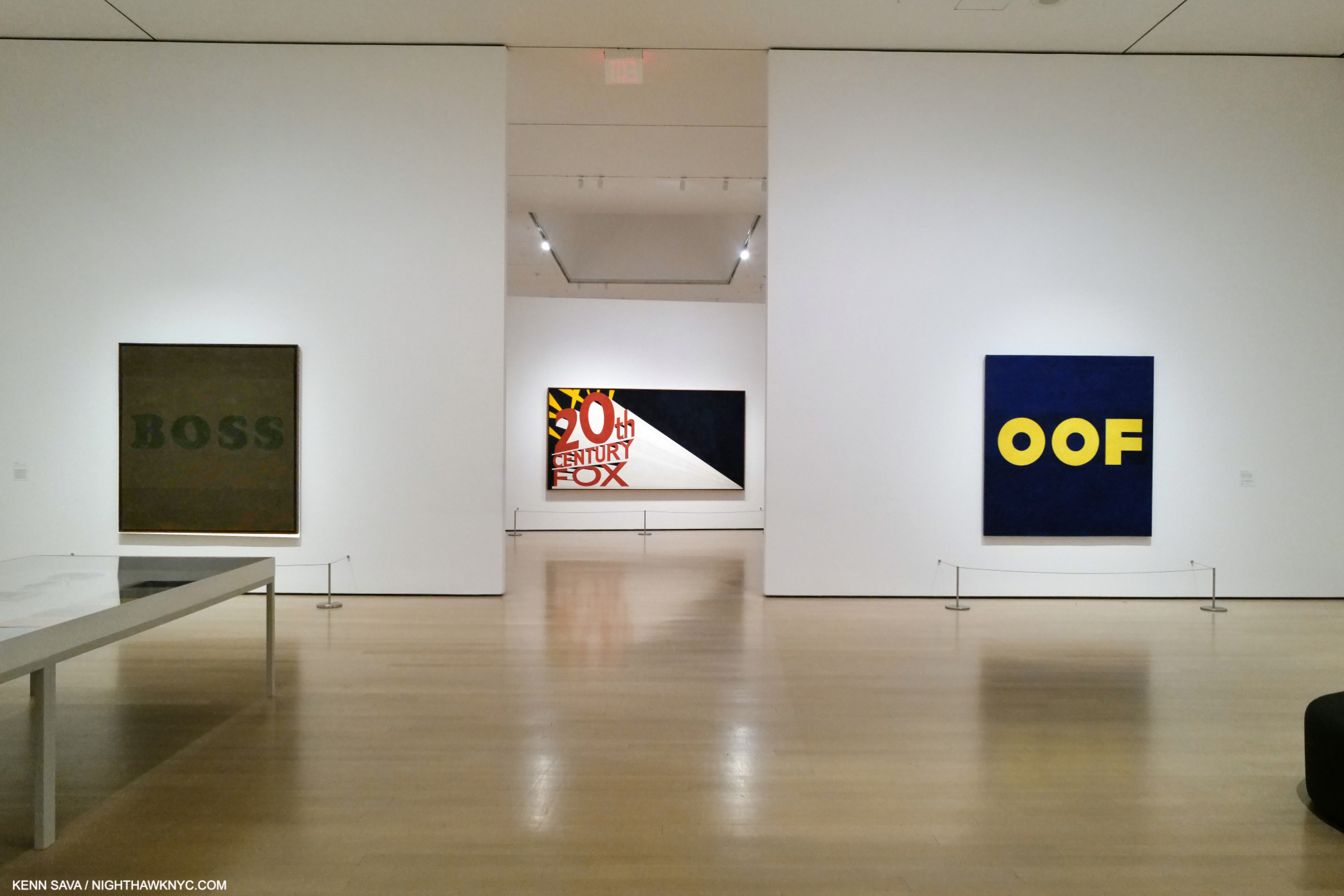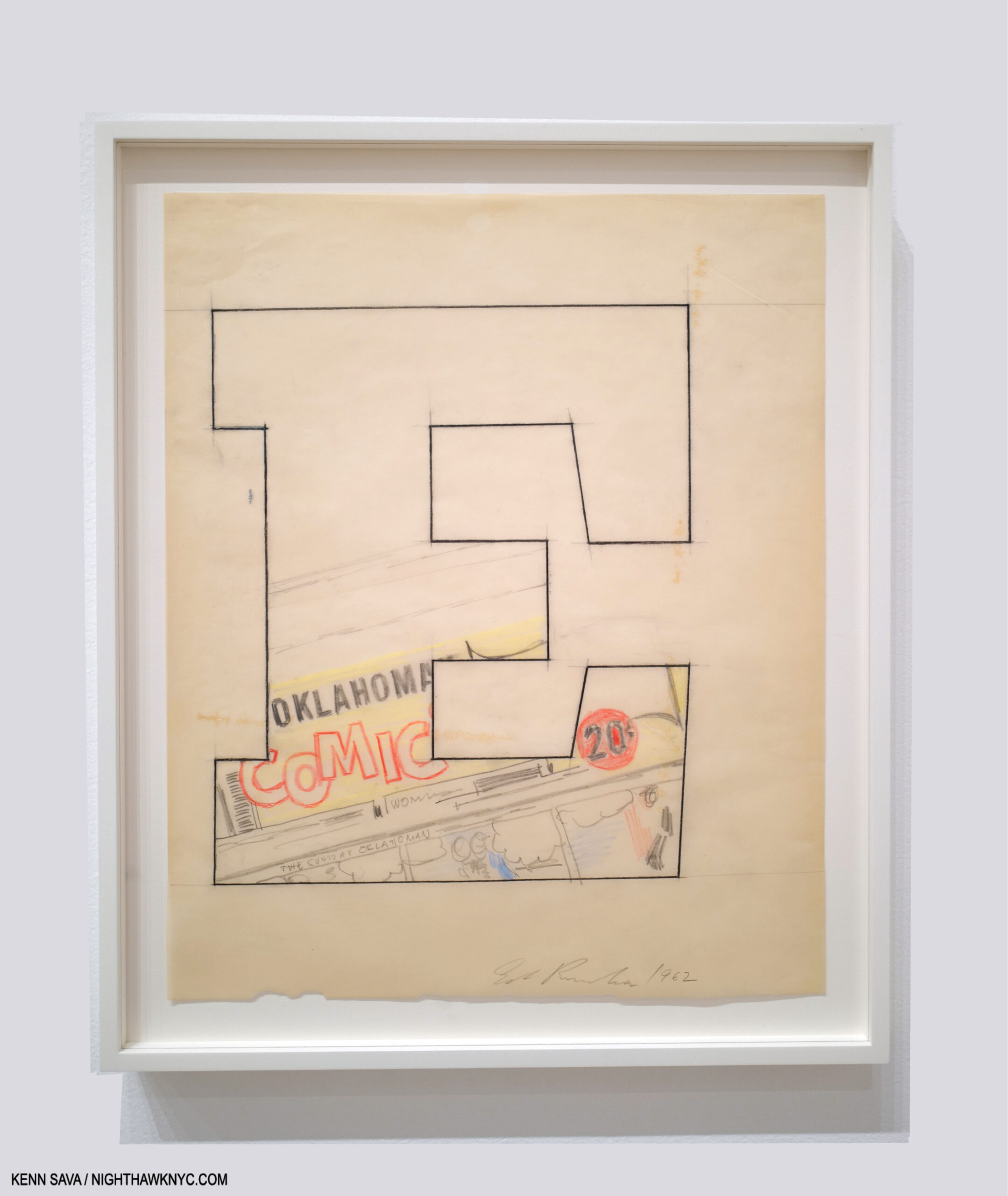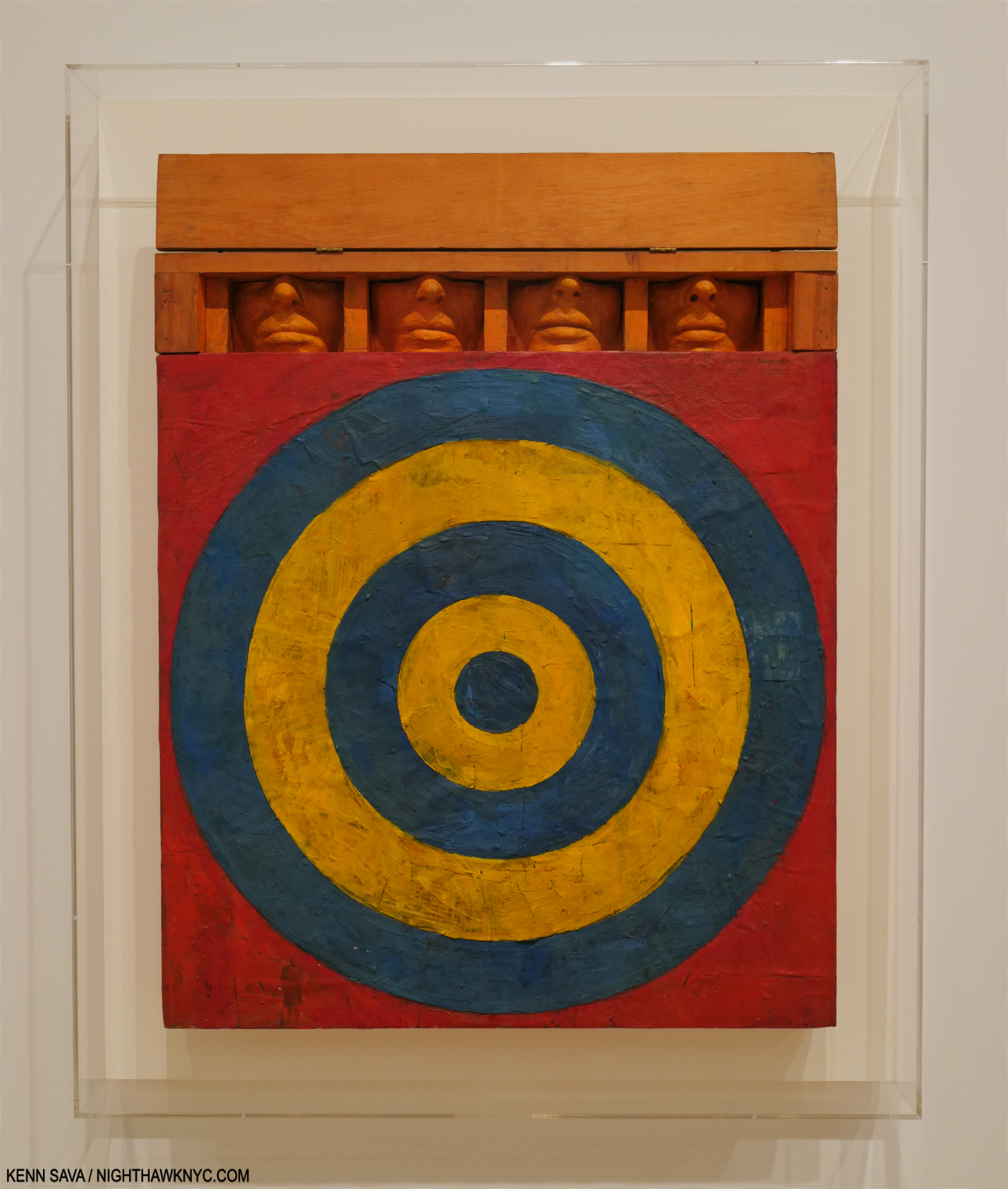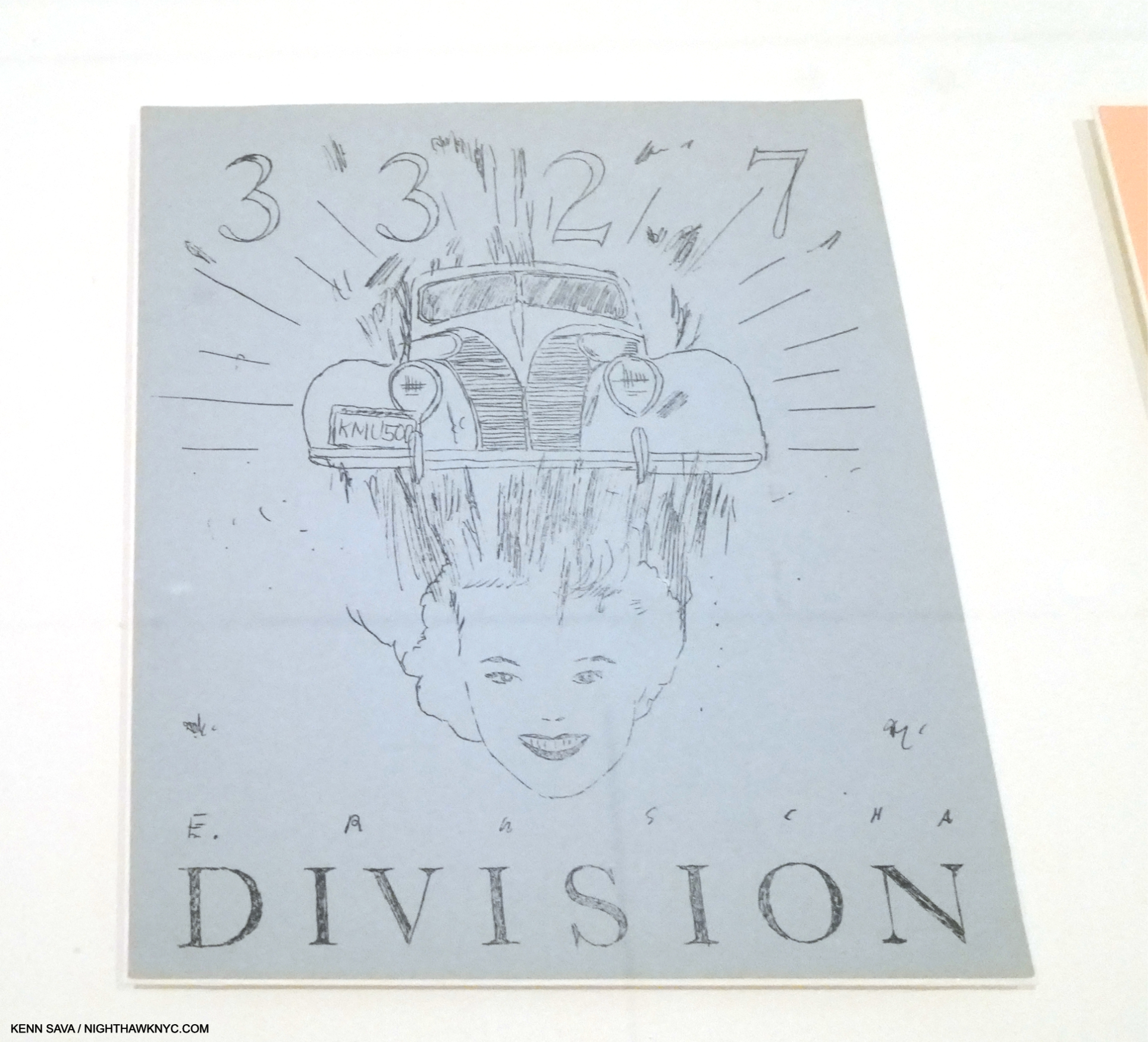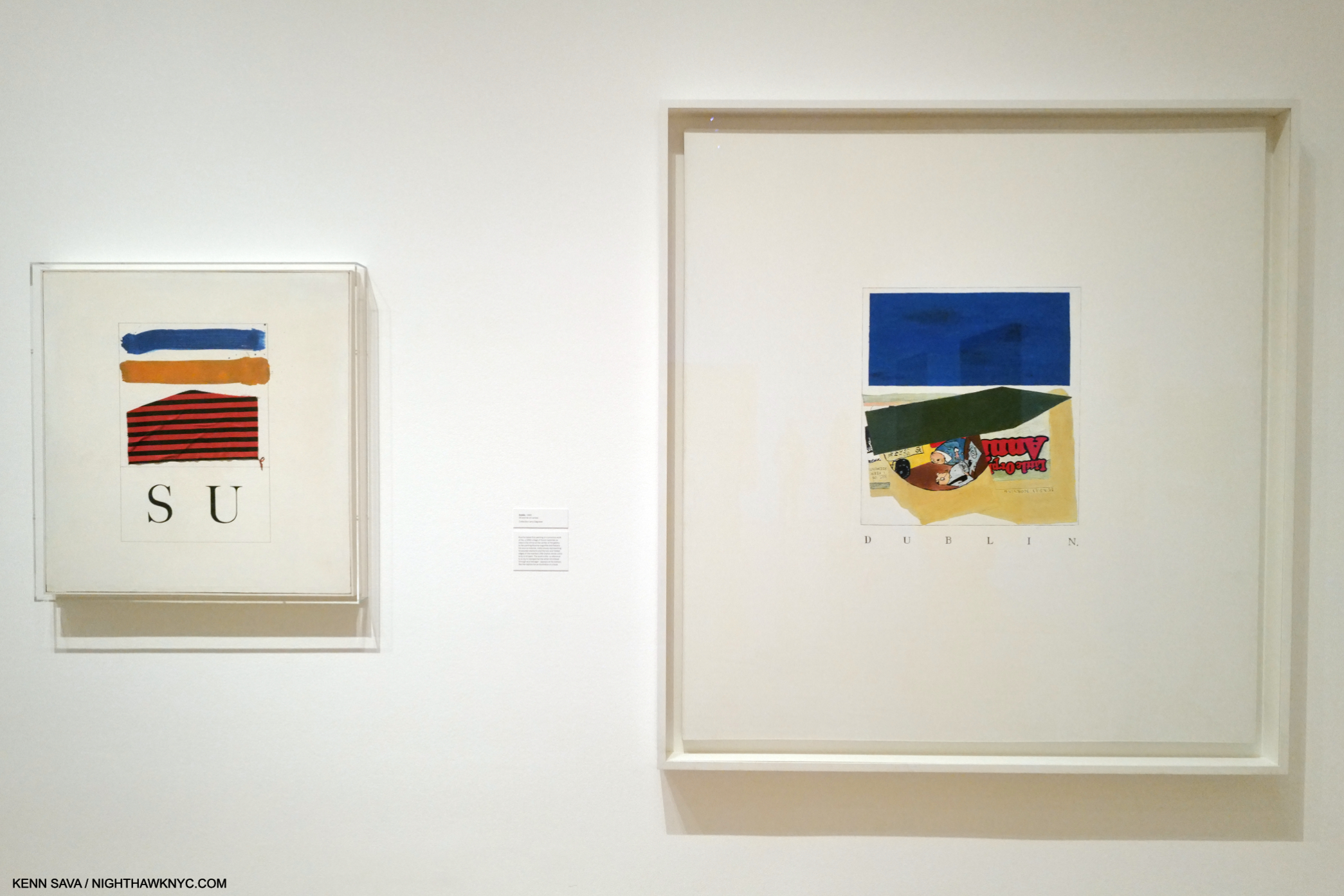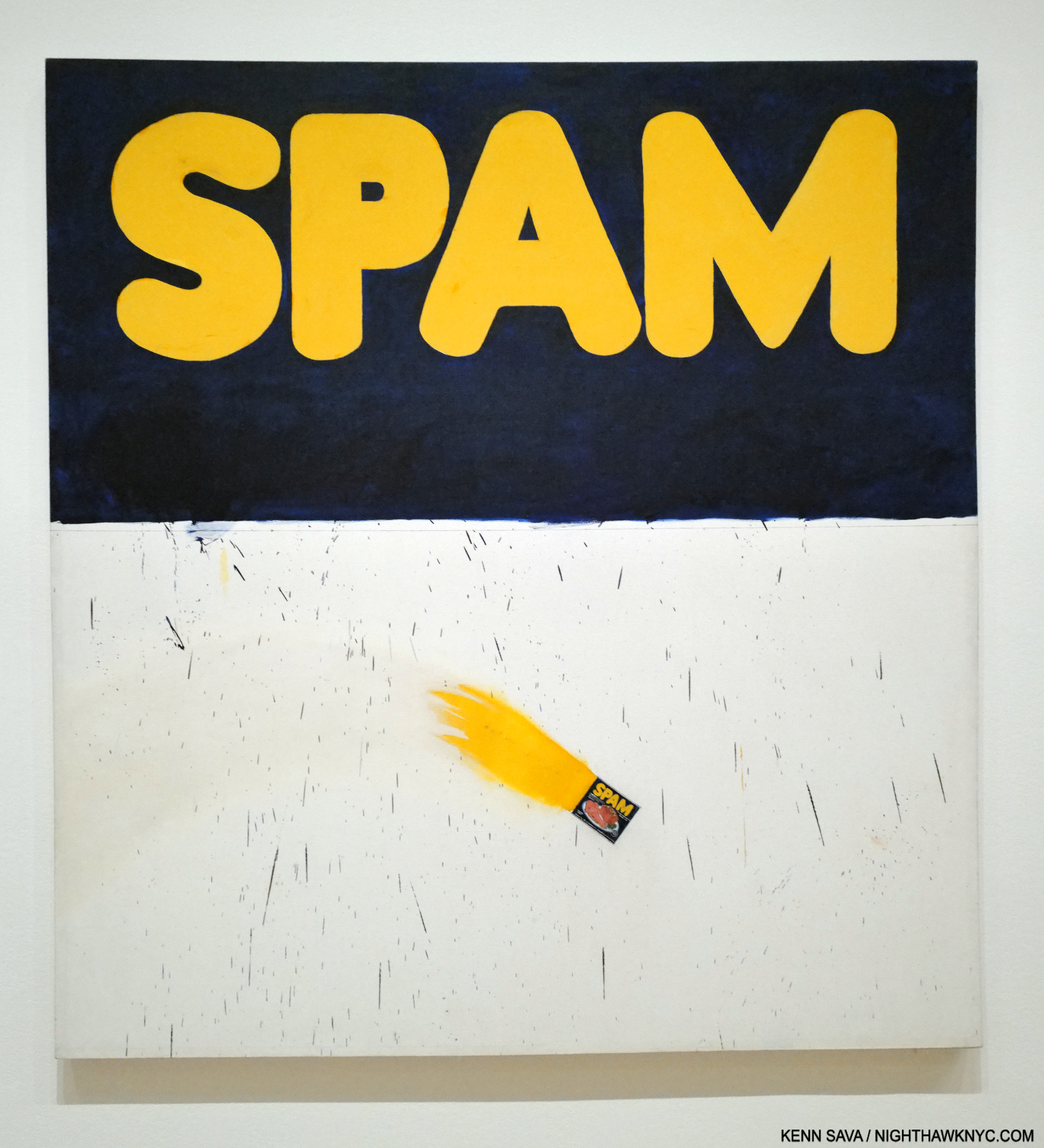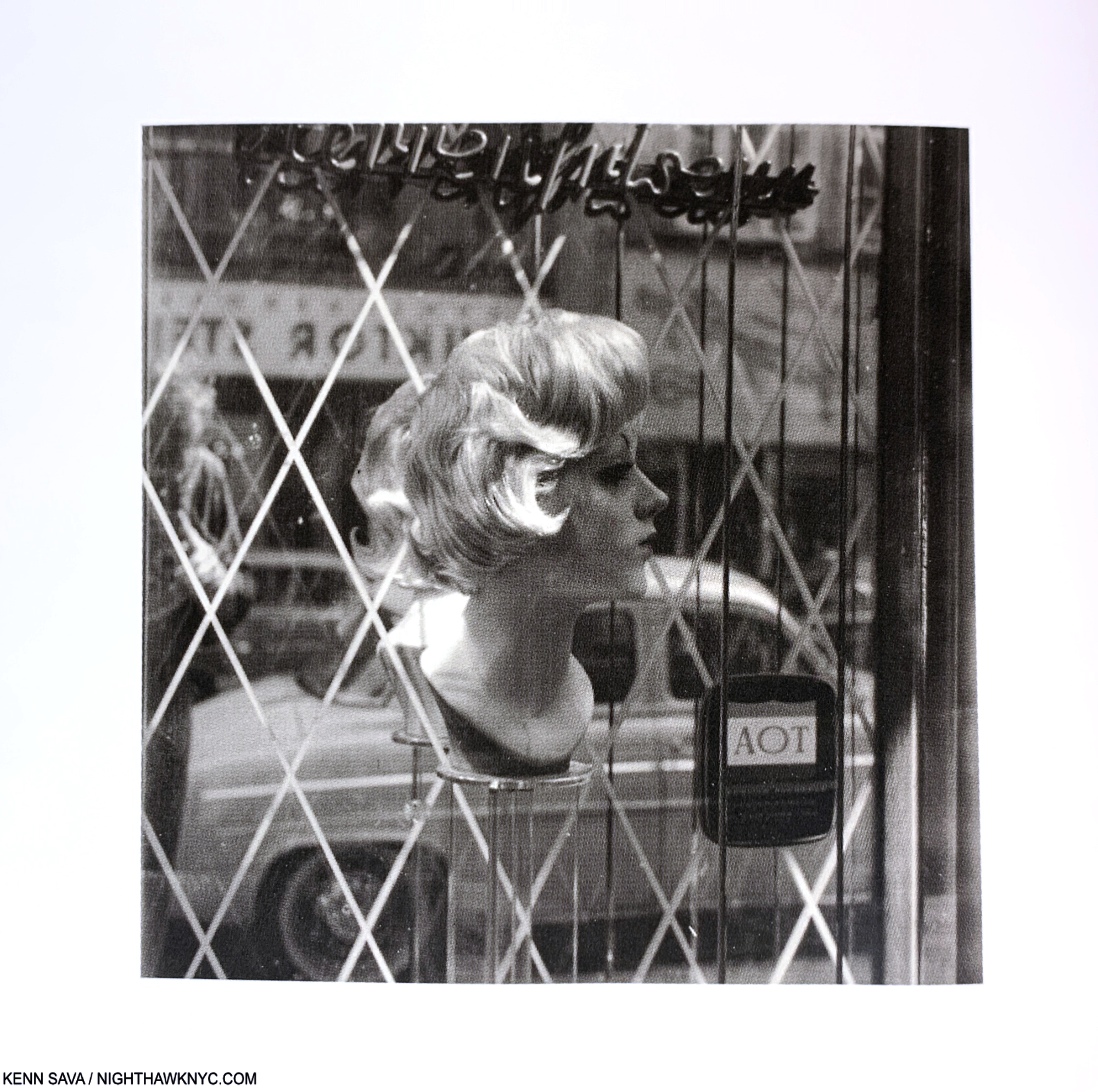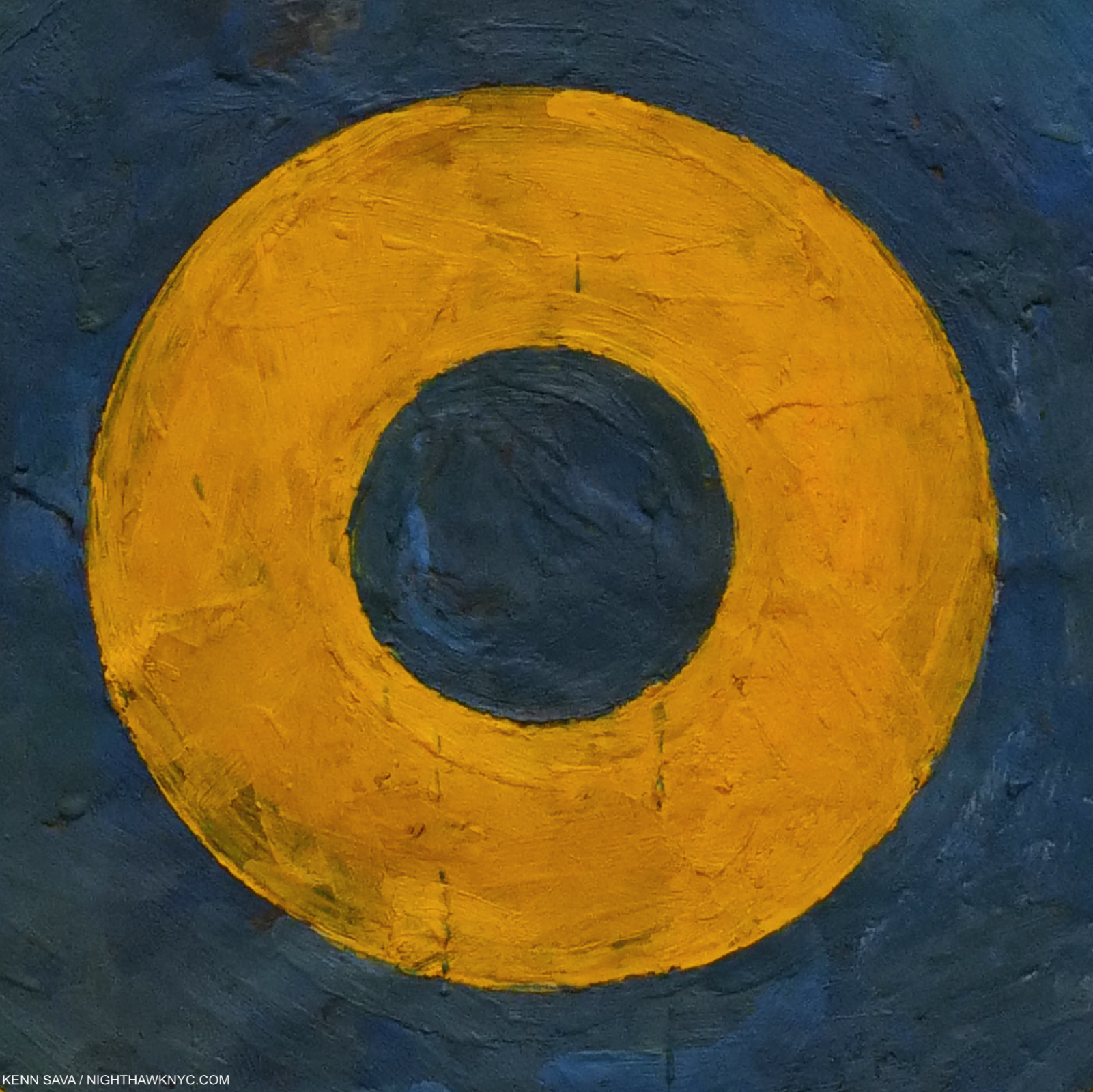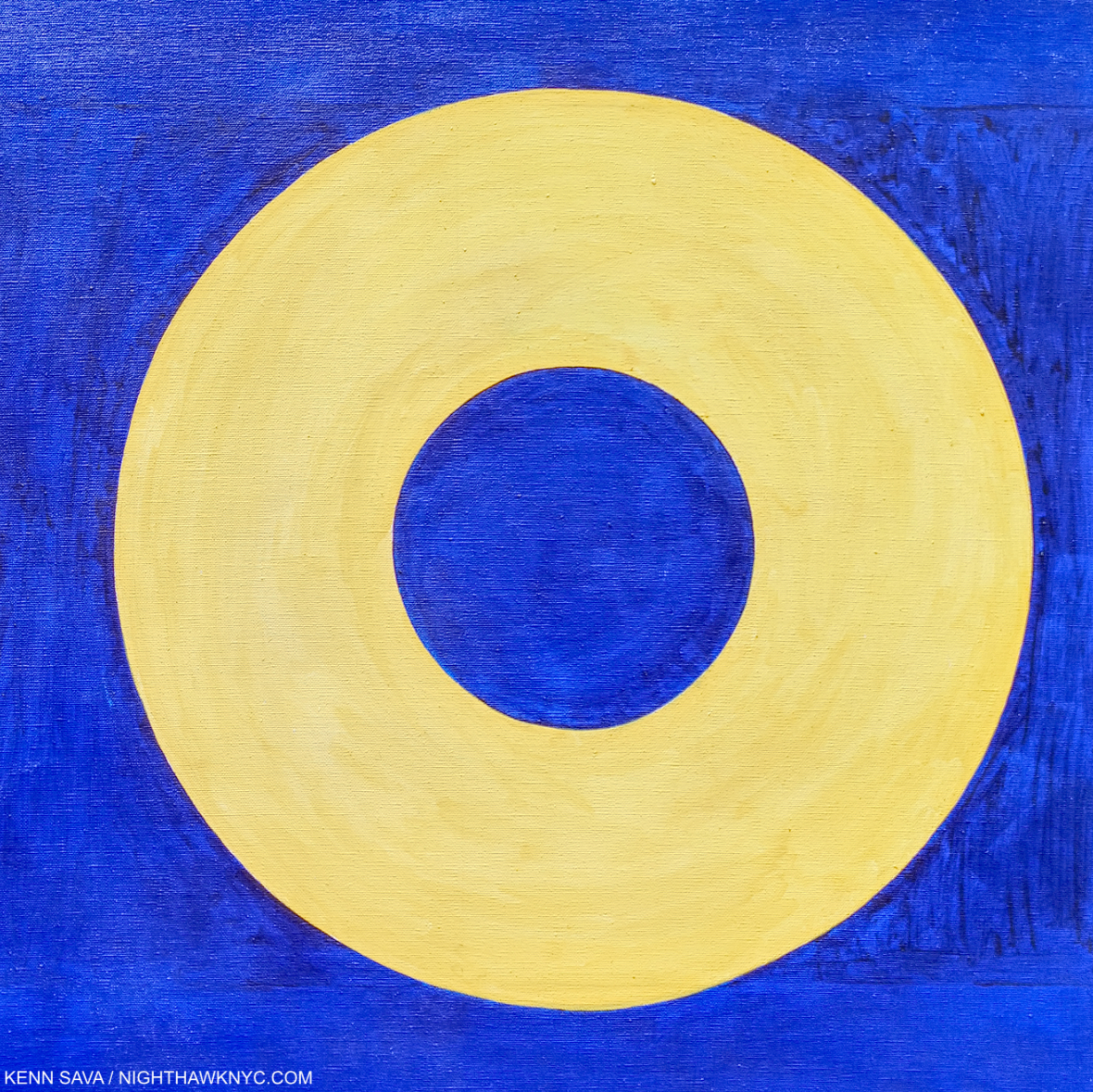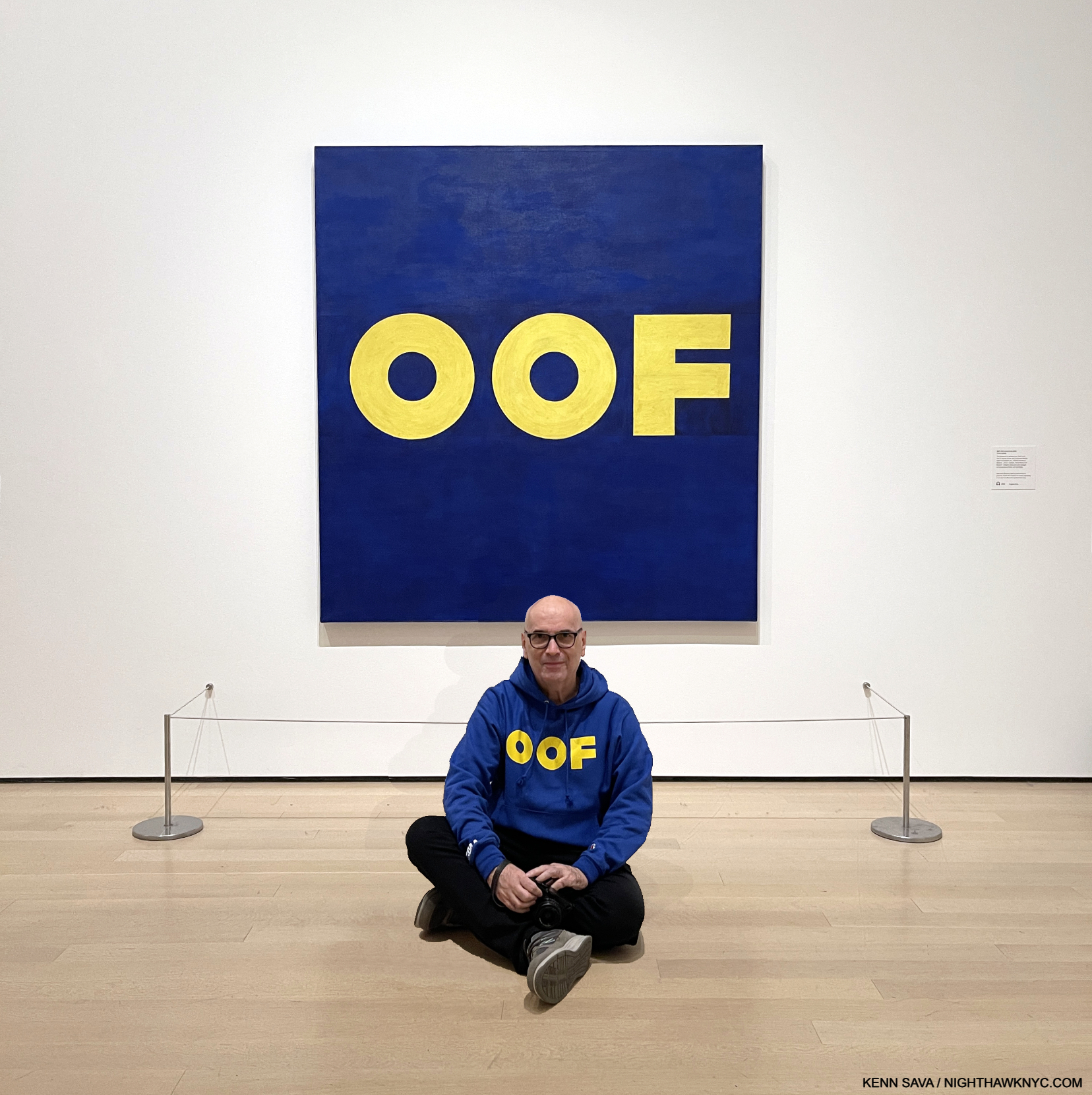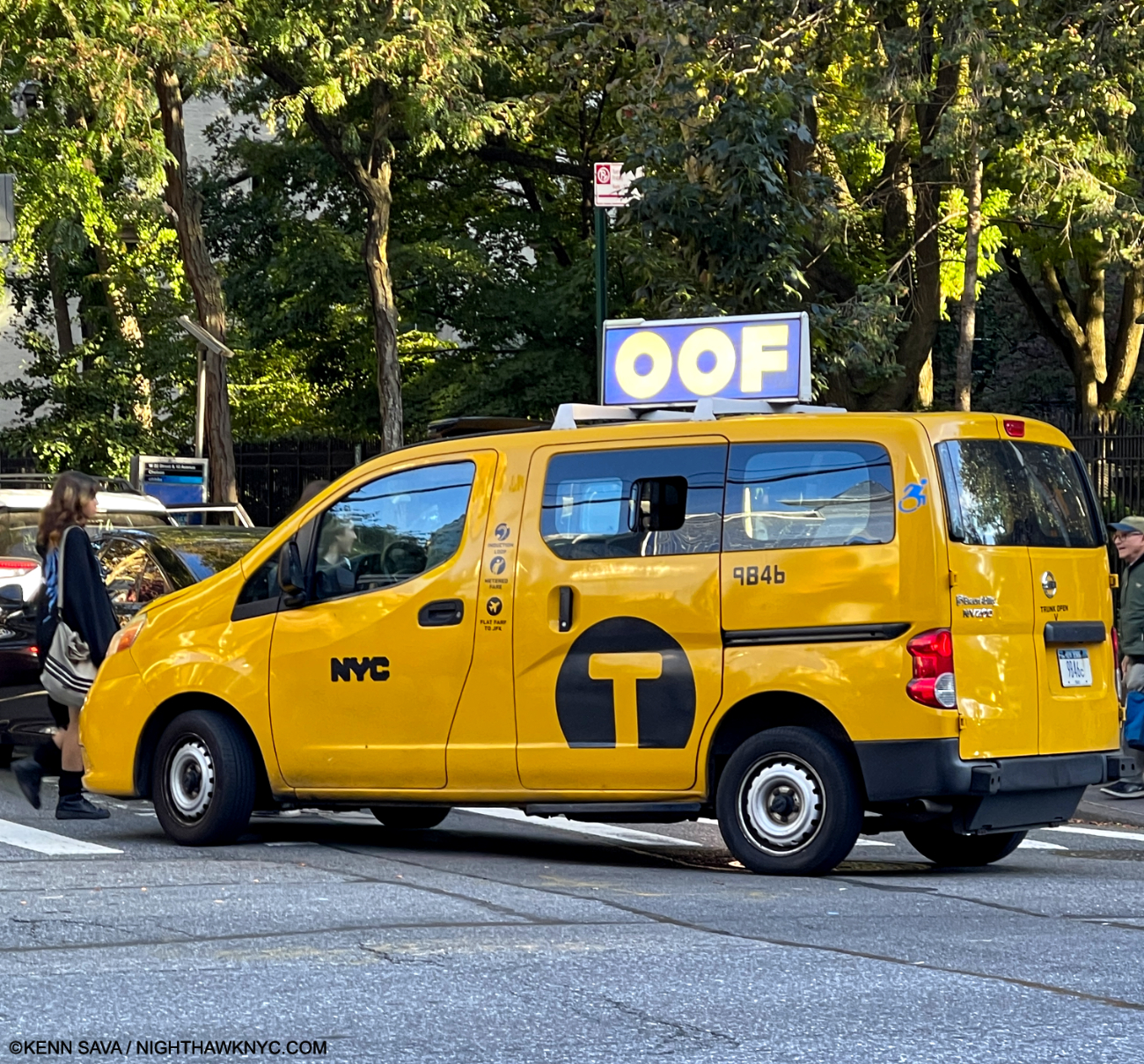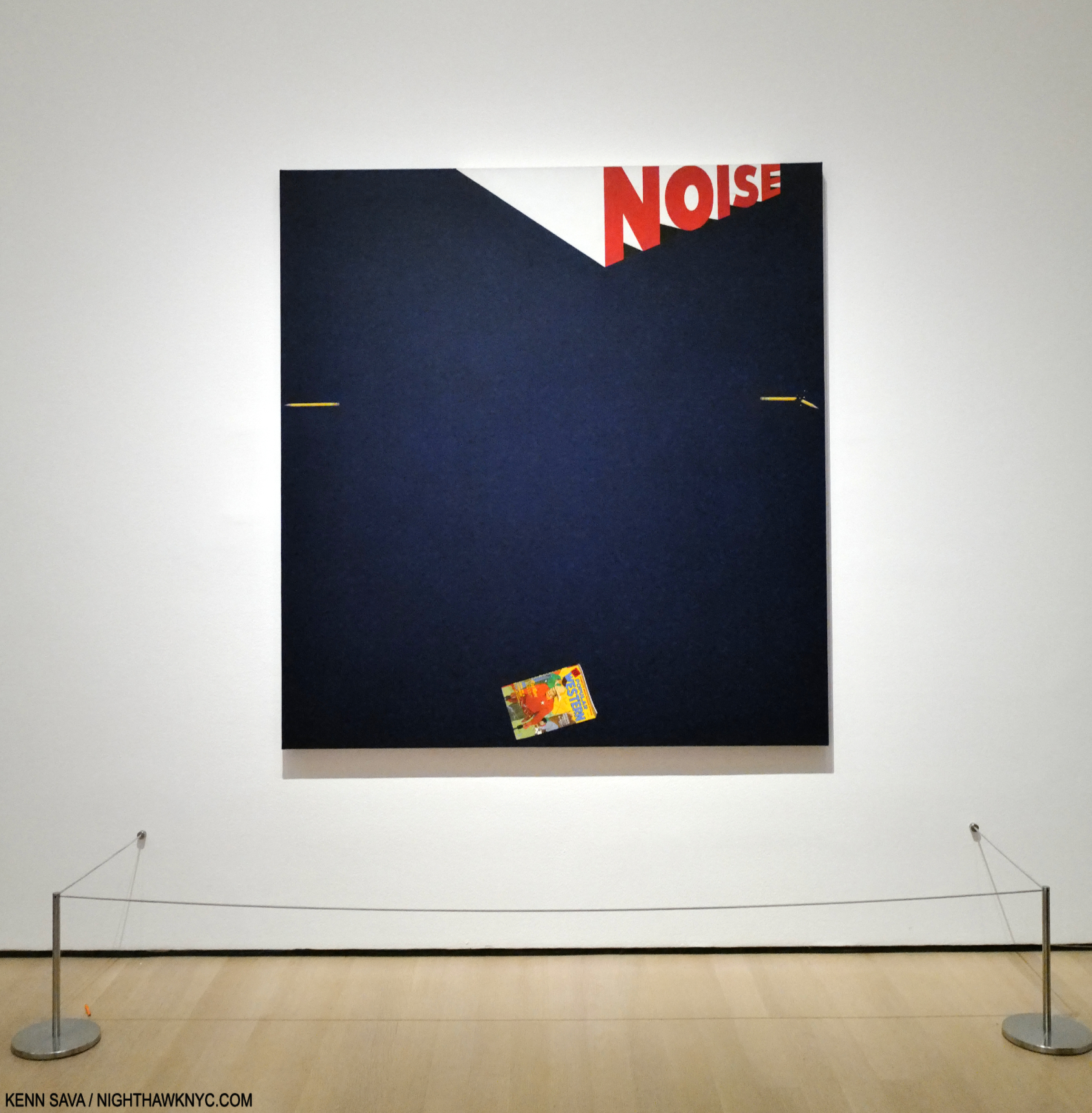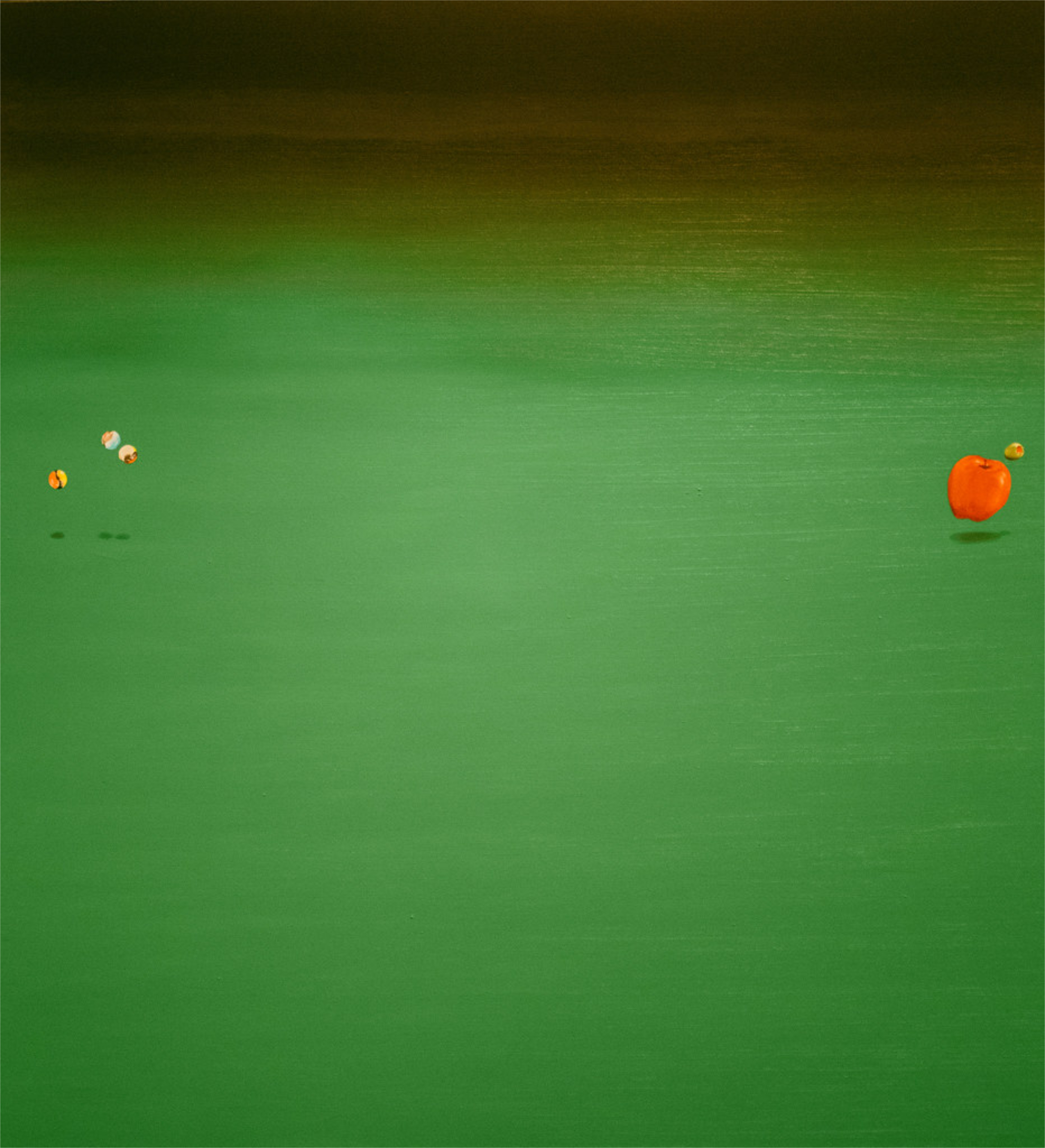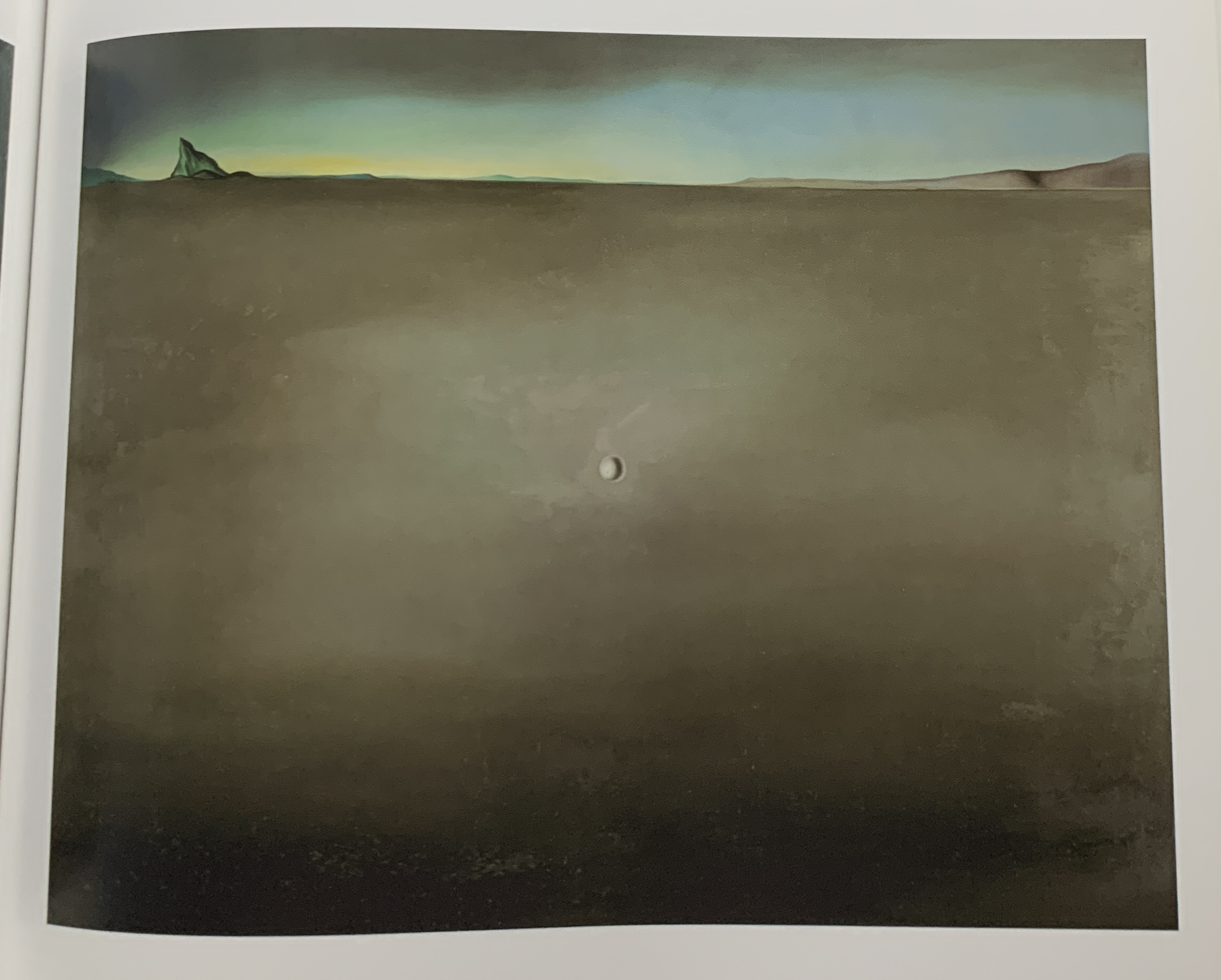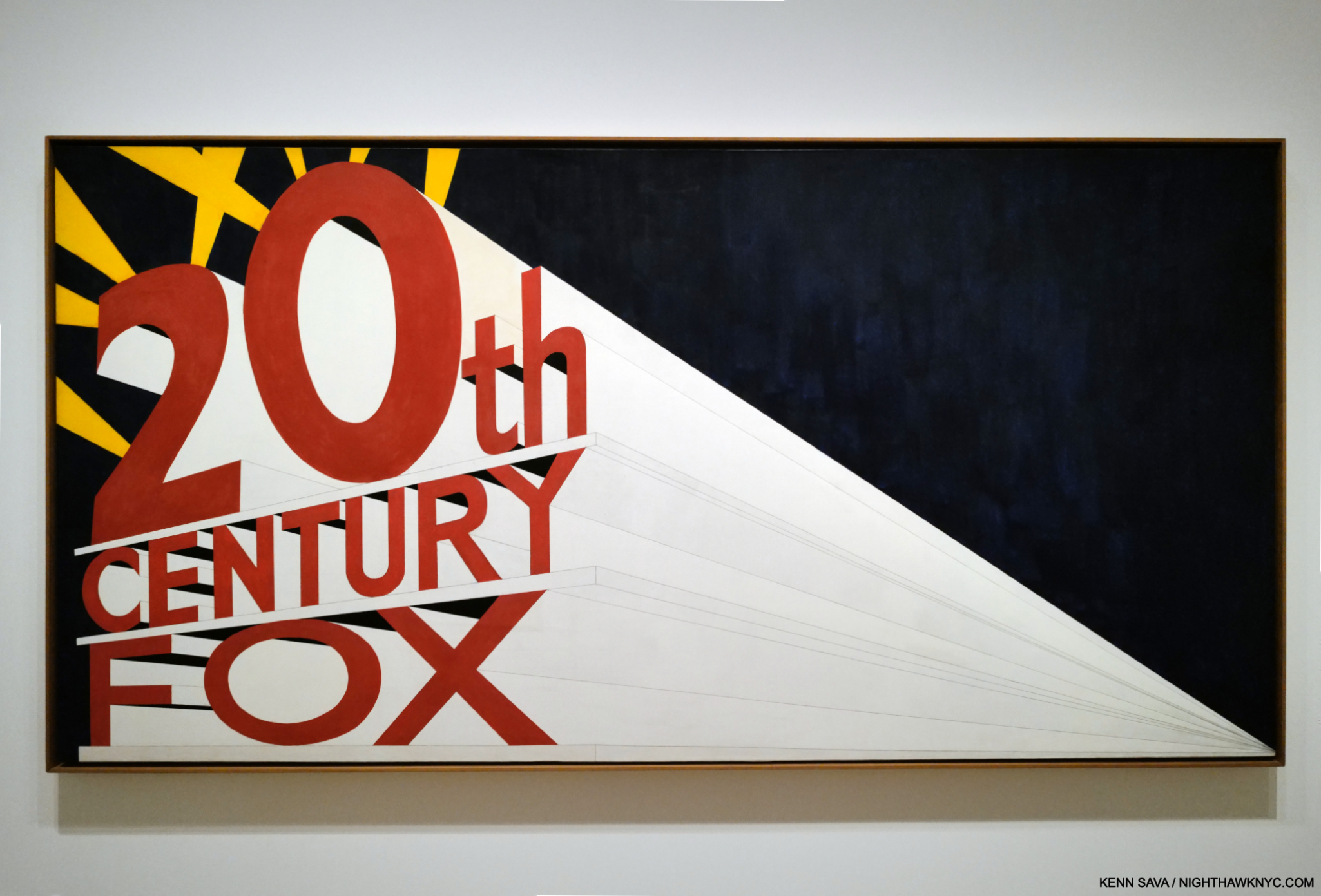This site is Free & Ad-Free! If you find this piece worthwhile, please donate via PayPal to support it & independent Art writing. You can also support it by buying Art & books! Details at the end. Thank you.
Written & Photographed by Kenn Sava (*-unless otherwise credited)
Though I just teased some big names, I begin with the least known. There I was, in year 2 of my 5 on the road with a band, refugees from the disco mania which was sweeping all live Music and Musicians aside, all the way down in the Cutler Ridge section of Miami, FL. We pulled into the parking lot outside of this good sized venue, the Esquire Club, went it, met Al the owner, and began bringing in our gear. As we set up for what would be an extended stay, the assistant club manager came up, saw our stage clothes and my platform boots (Handmade by Jumpin’ Jack Flash, NYC, who had made Kiss’s legendary boots. Mine were a half-size too small, leading to permanent foot damage, an ever-increasing problem. Another Rock n’ Roll suicide.). Realizing that we were something different from what they had been presenting, he chatted me up about our “stage show.” Then, he suggested we add “flash pots” to our presentation.
Flash pots?
He went away and came back with 3 pieces of wood, each about a foot and a half long by about 3 inches wide and 2 inches deep, some electrical cord and a few plugs. First, a rectangular cup about 3 or 4 inches long by a little less than 2 inches wide was cut into the top center of the wood. Next, he attached the the wire so the stripped bare end was in the hole. Then, he had me cut one side of the wire and install an on/off switch. Electricity, with a bare wire on a dark stage? Hmmmm… Then he showed me a grey, cylindrical container. Gunpowder.
Gulp.
He scooped some of it and put it in the cutout. Plug in the wire and when I flip the switch? WHAM. Flash pot! The band covered by a cloud of smoke, and hopefully, only smoke! Ooohs and aahhs all around.
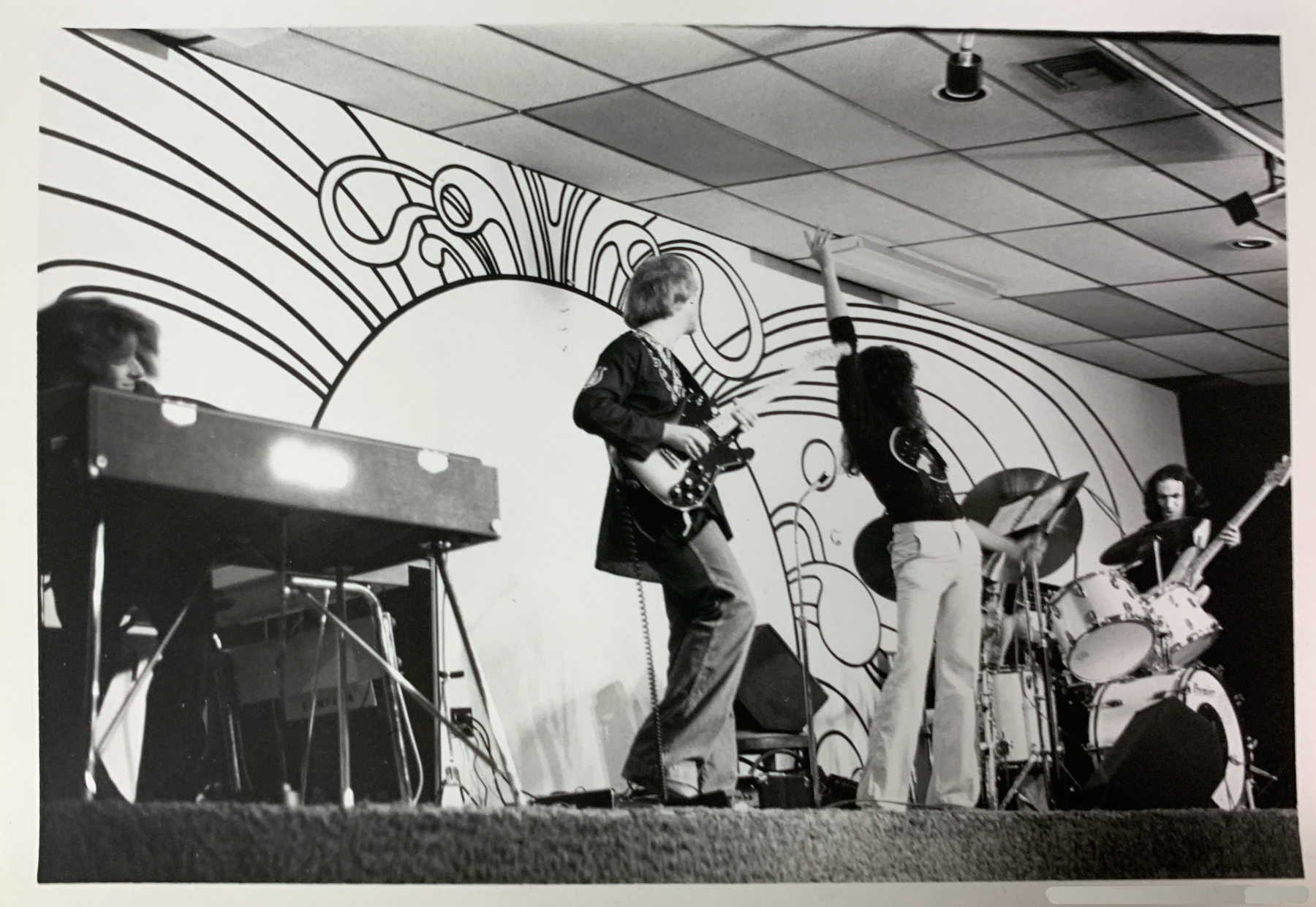
“Messiah,” Live at the Esquire Club, Miami, 1977. Left to right, T. Lavitz, keyboards, who would go on to fame after he joined The Dixie Dregs (aka The Dregs) the year after this was taken, before launching a successful solo career, Steve Smith, guitar, Bob Donzella, sax & vocals, Mark Smith, drums & vocals, and yours truly, Kenn Sava, bass & vocals. It’s about at this moment that I’d be tripping the flash pots. Gee, I wonder if that carpeting was fireproof… *-Photographer unknown. The pictures in this piece are thumbnails. Click any for full size.
We made three of them, each laid 1/3 of the way across the stage, all under my control, to be tripped at particularly “dramatic” moments during our set. Needless to say, never having done anything like this, especially while playing, it was a bit unnerving. Luckily, I managed to set them off a few times, without disastrous result. Phew! After a week or so, the regulars had gotten to know us, and everybody relaxed, so we dispensed with the “special effects,” or, they ran out of gunpowder, I forget. (The Esquire Club was destroyed by Hurricane Andrew in August, 1992.)
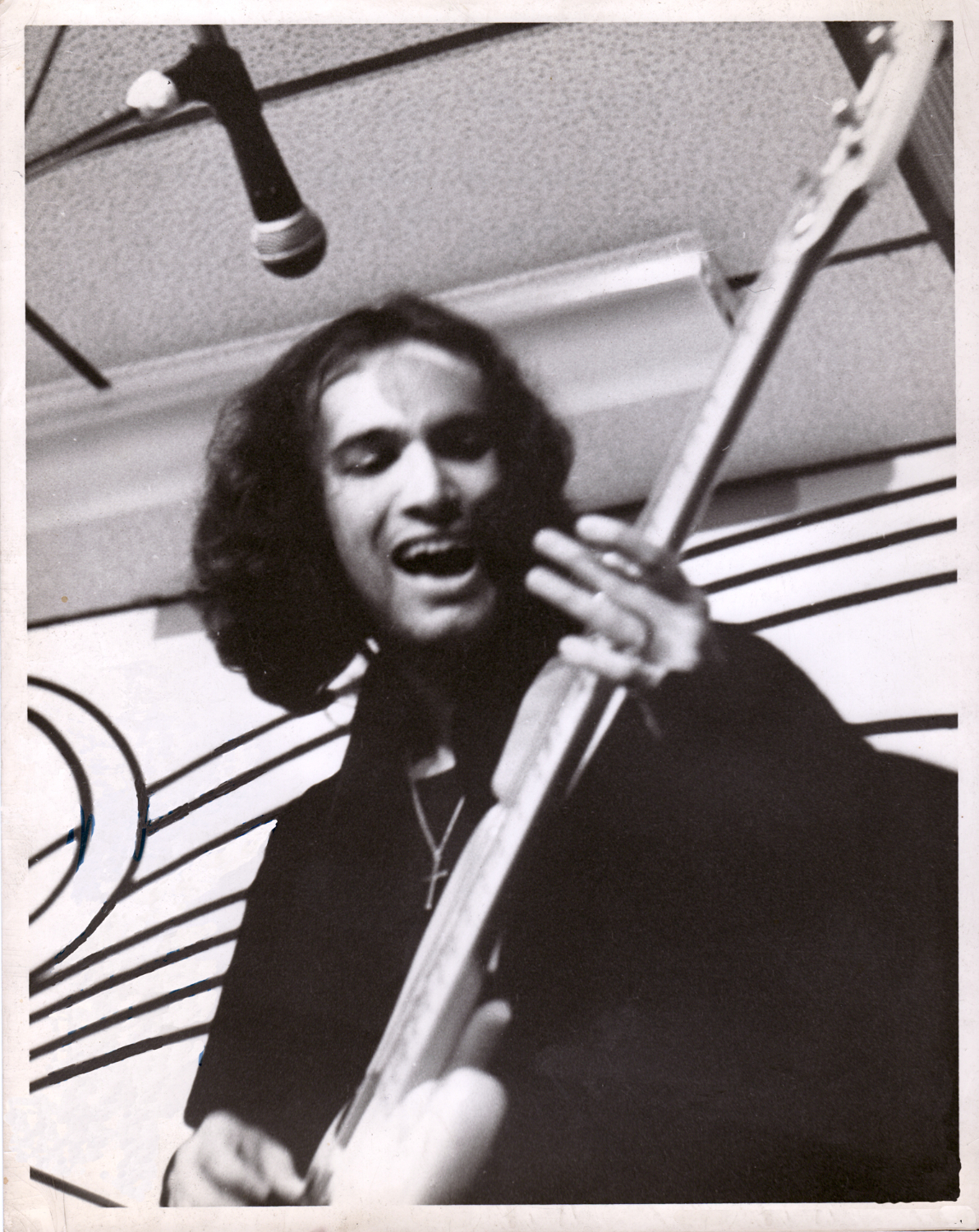
Yours truly, Kenn Sava, lve at the Esquire Club, Miami, FL. This is the first time I, or a former I, have appeared in the pages of NighthawkNYC.com in its 8 1/2 years! *-Photographer unknown- a friend of Mark’s. I’ve grown quite fond of this picture as it shows me about as happy as I’ve ever been in my life, in spite of all we were dealing with at the time, including the poverty typical of bands like ours.
Such was “stage craft” in prehistoric times. Fast forward to January 20th, 2010.
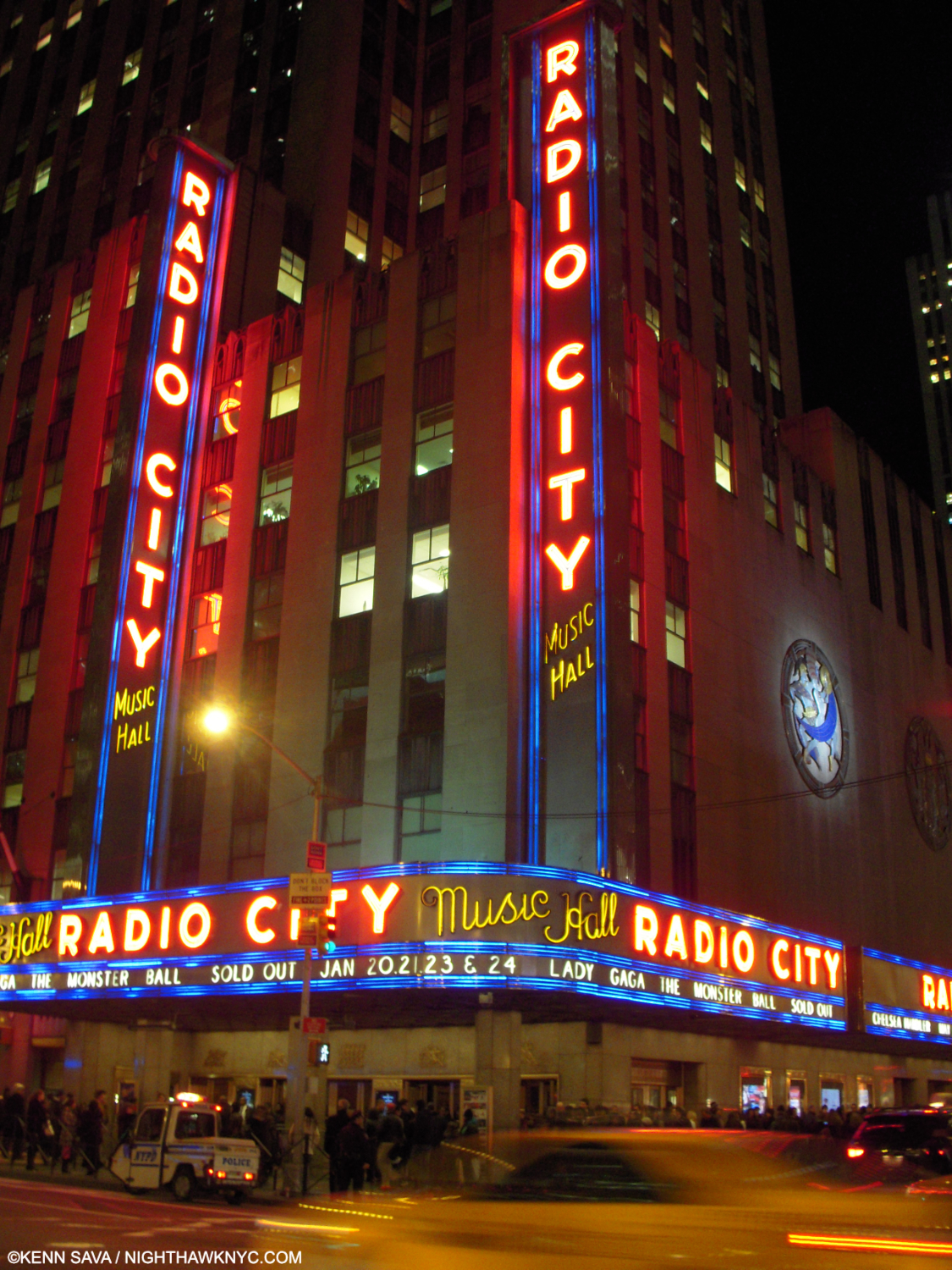
The Big Time. Radio City Music Hall, NYC, January 20, 2010. The night of Lady Gaga’s homecoming; her first NYC concert. Prior to this, she’d performed in clubs & bars, like I did.
There I am in the balcony for the NYC concert debut of an up and coming Artist who’s new hit singles, “Just Dance” and “Poker Face,” were all the rage, and her album, The Fame, was screaming up the charts. Intrigued, I managed to get a ticket for Lady Gaga’s New York homecoming show of her Monster Ball Tour at Radio City Music Hall, January 20, 2010, her first concert in her hometown.
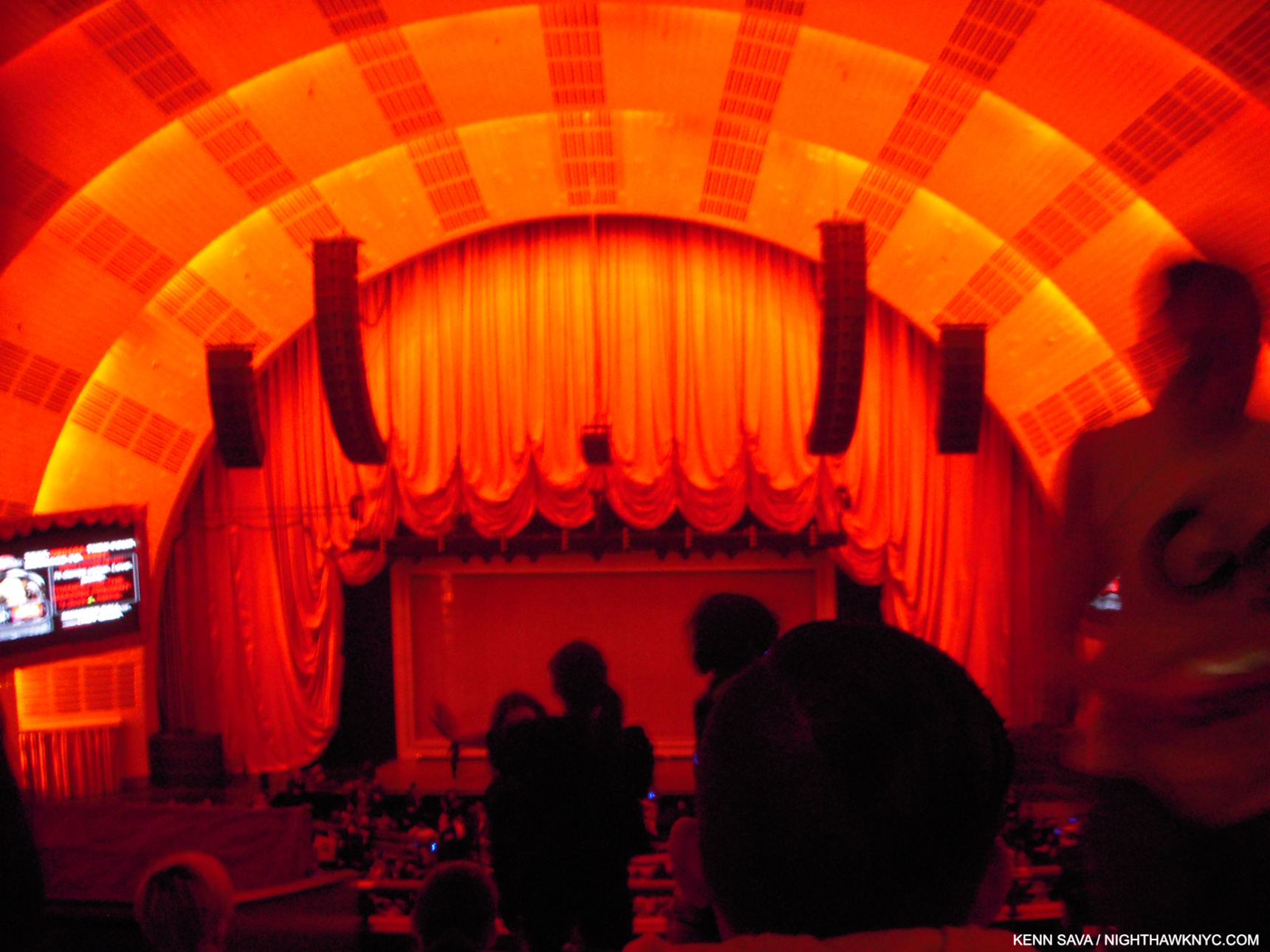
Down in front! Seated as far away as I was wasn’t ideal for picture-taking. Before it started, I took this because I was fascinated by the stage. Looking around the standees, you’ll notice a box-like frame and there’s a screen in front of it. Both things I hadn’t seen to that point. Something told me at that moment that this was going to be “different.”
As far as I know there hasn’t been an officially released video of what was the Monster Ball Tour, 1.0 that this show was a part of. I can only find pictures and videos shot by my fellow concert-goers, like this one of the opening. Poor quality, but it gives you a sense of it. ( Someone has posted a complete video of another stop on the tour. Again, it’s a far from ideal audience recording, but until something better appears, it’s the only record I know of of the complete show.)
The show began with a matrix-like grid on that screen shown earlier with a filmed Lady Gaga (LG) projected on it revolving while warping time and space, apparently free of gravity, along with a 1 minute countdown clock to the show’s beginning. As it ticked down, the crowd amped up by the second. 00:00:00:00, and there she was behind the matrix screen, live, alone on the big stage in her hometown, wearing an outfit with lights on it and performing her classic, “Dance in the Dark.” Quite a moment. “Find your Kubrick,” indeed. Stefani Germanotta had escaped the clubs & bars and arrived in the big time, in full effect.
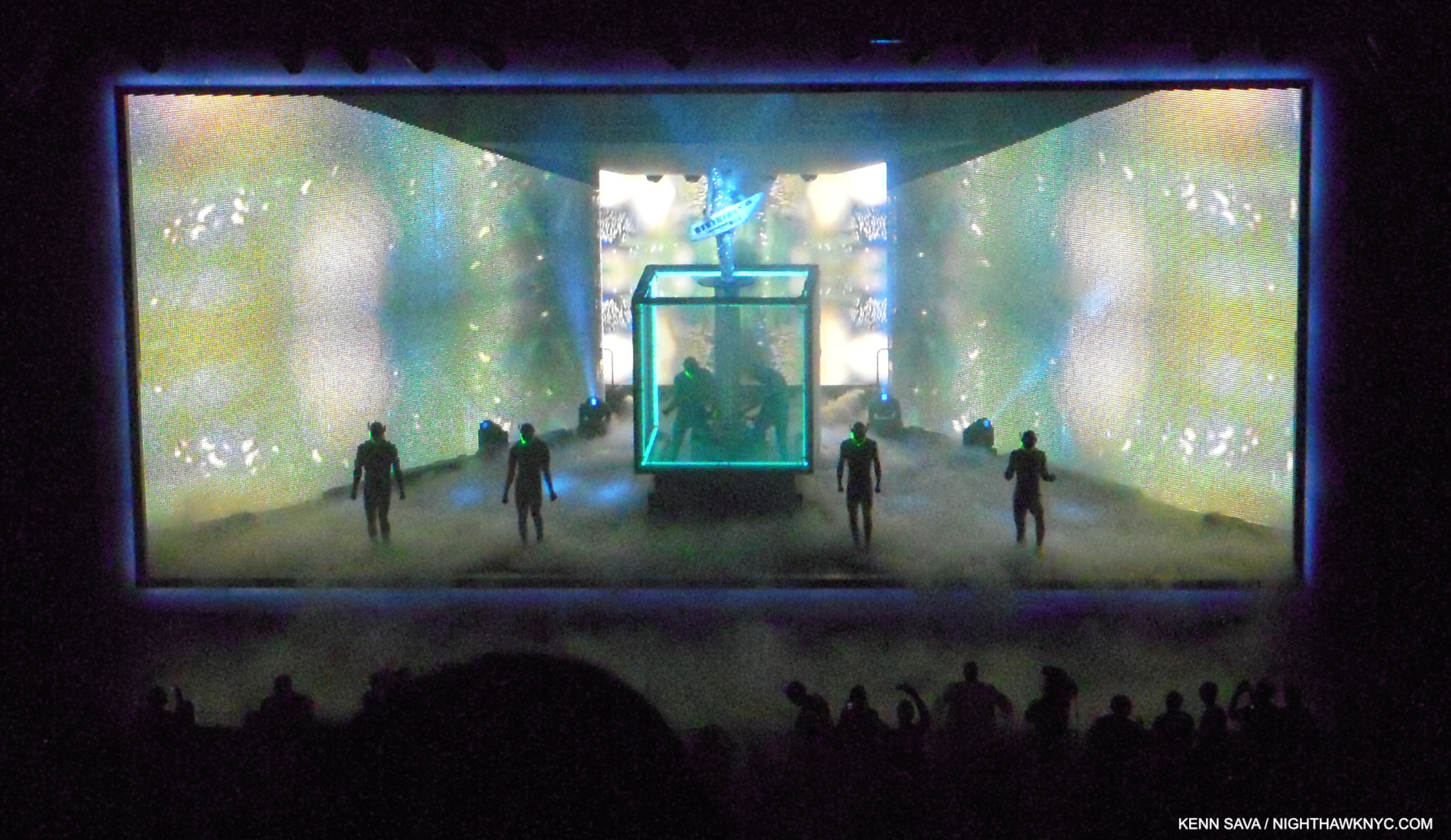
“Just Dance.” LG performs with a Roland Shoulder Synth (I believe) on a riser extending to about 10 feet over the base of a rotating cube. The area around the black disc she’s standing on is open. Watch your step! Note the frame-like border.
“Dance in the Dark” segued into her mega-hit, “Just Dance,” without pause. The screens on the sides seen above covered the band, something I’d never seen before, leaving a large performing area. Looking back from 2024, it might be easy to look at this show and not see it as all that “revolutionary” given what’s come since. At the time, I’d seen nothing remotely like what I saw that night. It still remains a unique experience. Meanwhile, the irresistible “Just Dance” got the balcony moving up and down so wildly as hundreds of concert goers jumped in time that I was worried it might well come down! How do they test for that kind of stress? When the show ended without catastrophe, as I was walking to the subway to the sound of my fellow concert-goers bursting out in spontaneous chants of “Oh oh oh oh oh…Caught in a bad romance,” over and over and over from near and far…the one thought on my mind was “SOMEONE involved in staging that show has a DEEP knowledge of Art history!”
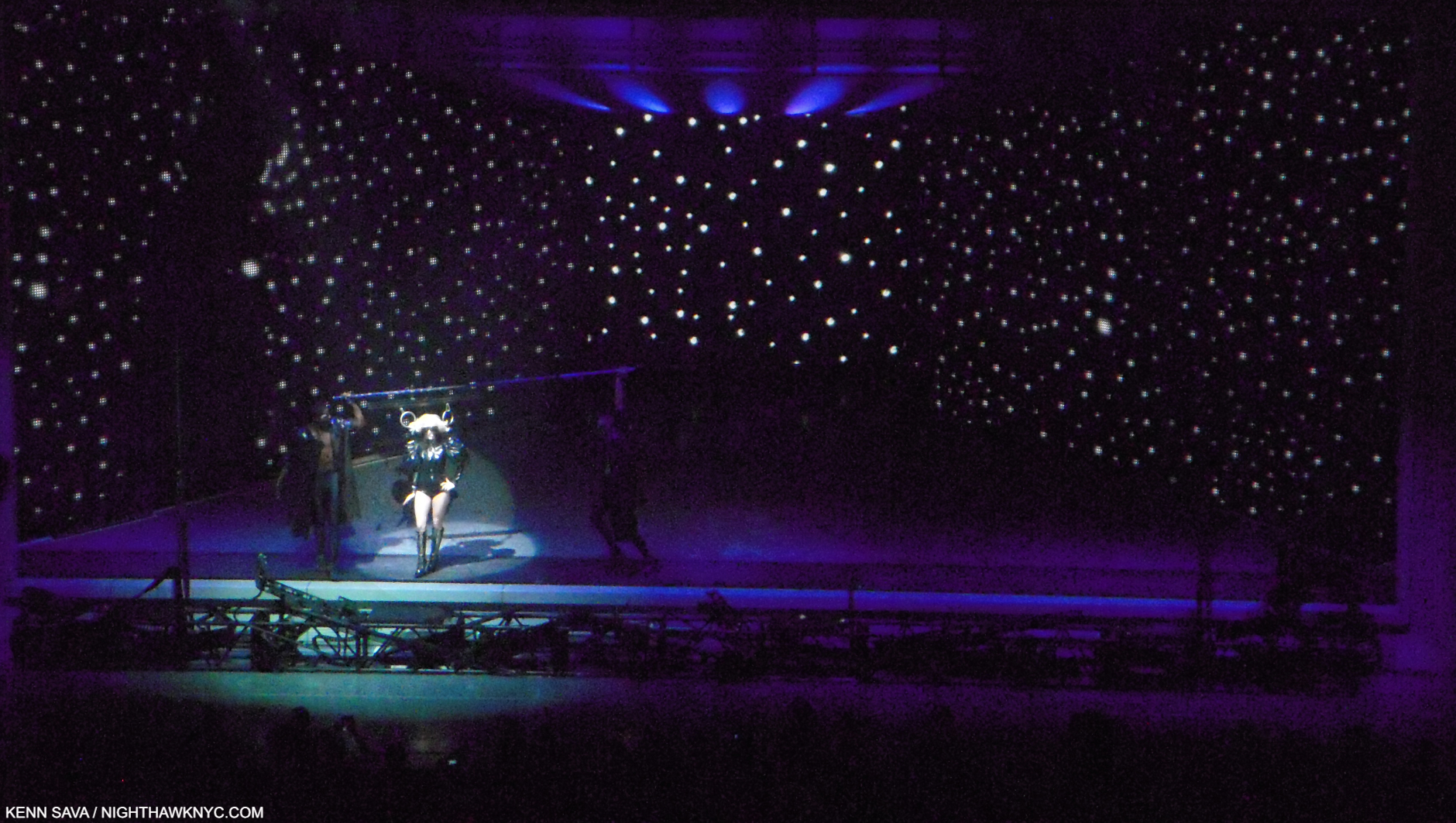
“Paparrazzi” with LG’s hair fastened to the overhead pole on both sides by rings while two dancers hold the ends of the pole.
Time and again, I felt the influence of numerous Artists and Paintings. First, and foremost, the great Joseph Cornell was channeled as the entire stage was framed creating a box-like setting for the performance, as I show in “Just Dance.” Mr. Cornell, a revolutionary in a number of Artforms, is, perhaps, best known for his “Boxes.” The Cornell references continued during “Paparazzi” where Gaga’s hair was fastened to a horizontal pole with rings(!) while the dancers holding the ends moved/danced in step with the slightly helpless LG as she sang, right out of numerous Cornells that include a horizontal pole with rings attached, like Lunar Level #1, and Sun Box, below, among others. Joseph Cornell at a Lady Gaga show? Dali, Giorgio de Chirico, Magritte and Leonardo da Vinci also came to mind as the show went on. Of course, being Lady Gaga’s show, first and foremost, the credit goes to her.
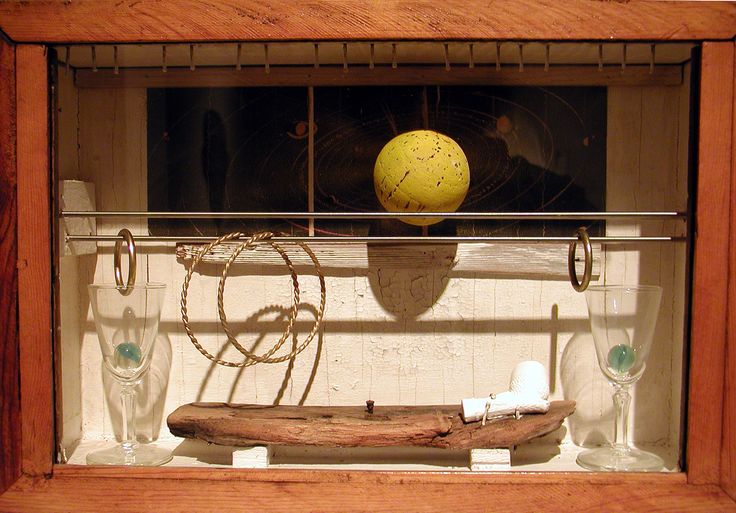
Sun Box, (1956) by the incomparable Joseph Cornell, 1903-1972. One of many Cornell Boxes that include a horizontal bar (or two) with rings attached. Lady Gaga’s entire show felt to me like it was taking place inside a box.
Then, I saw her, again, in July, 2010, at her Monster Ball Tour 2.0 at Madison Square Garden (her first MSG show); another big deal. It was a completely different show! It was very nice, very effective, but minus all the Art references. I assume that having a stage in a huge indoor arena called for a completely different presentation. Still, I missed the show I saw at Radio City, and at that point it made me realize how special it was. I was determined to find out more about it.
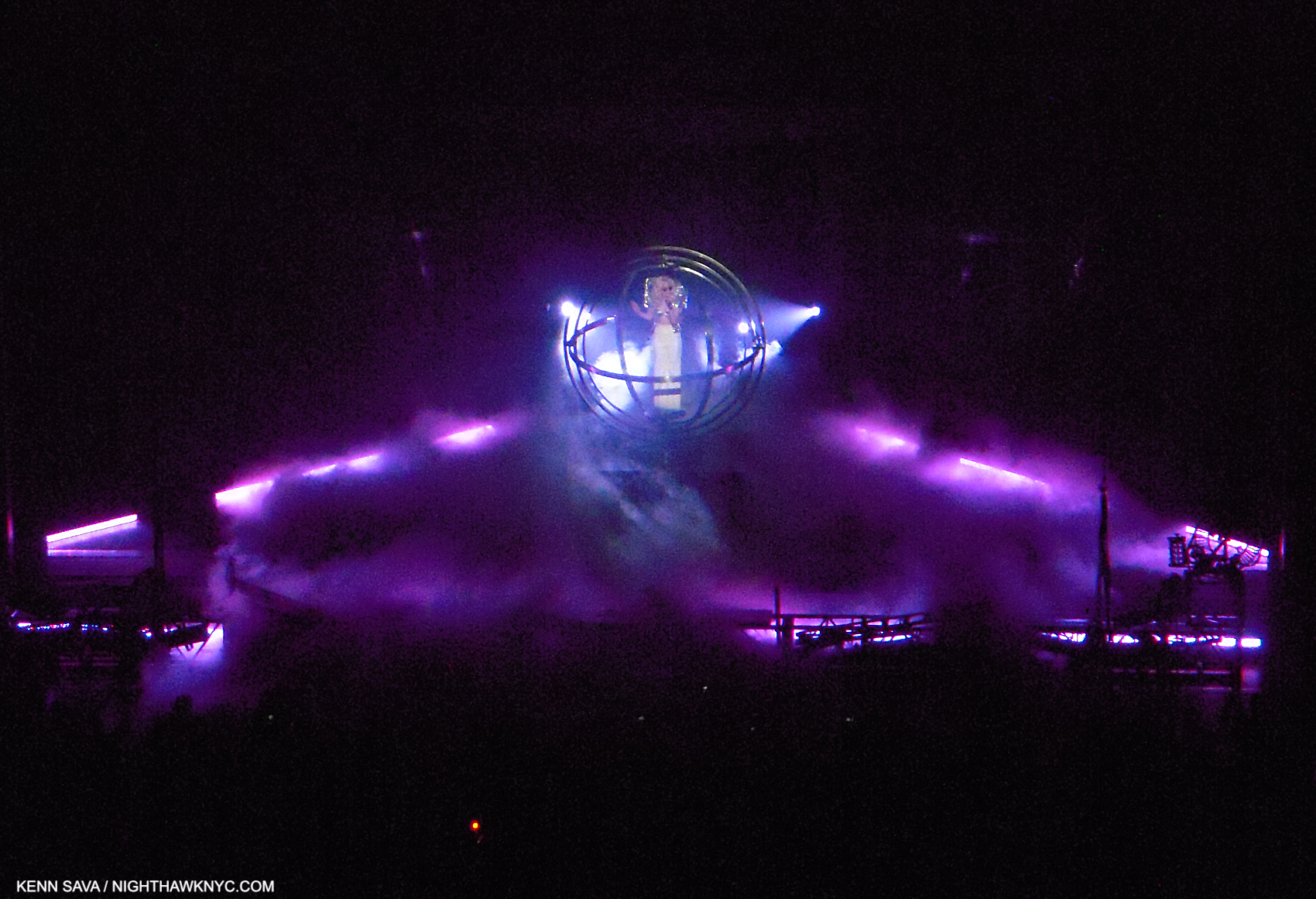
“Eh, Eh (Nothing Else I Can Say),” at Radio City. LG in a quasi-“gyroscope.” All those bars were continually in motion around her. A bit like Leonardo’s Vitruvian Man?
I found out that Lady Gaga had worked on the Radio City show, and her Monster Ball 1.0 Tour it was a part of, with a stage designer named Es Devlin.
Who?
It tuns out that Esmeralda (“Es”) Devlin, born in London in 1971, is nothing short of a polymath, who, apparently, never sleeps. While I had been sleeping on her, in the interim, her reputation grew, then exploded. Meanwhile, the press had upped the hype quotient to seemingly impossible levels-
“Modern Britain’s answer to Leonardo da Vinci,” The Sunday Times (of London).
Leonardo?? I can’t say that in all my years of looking at and studying Art and Art history I’ve ever heard that said of ANY Artist.
Perusing her website, I discovered the roster of world-famous Musicians, bands, opera companies, playwrights, and corporations who have entrusted her with their stages is about as “A List” as it gets, and extraordinarily long. Oh, and the Super Bowl Halftime and the Olympics are on it, too. As for those Artistic deep waters, she’s staged a number of Shakespeare’s plays, including Hamlet, and a few of Mozart’s operas, including Don Giovanni, perhaps his ultimate opera. Snippets of all of these and more can be seen on esdevlin.com. I also discovered that Ms. Devlin did not do the stage design for that 2010 Lady Gaga Monster Ball Tour 2.0 MSG show. Hmmm…
But, Leonardo? One of the supreme geniuses in Art and world history, and one of my personal “Ultimate Artists?”
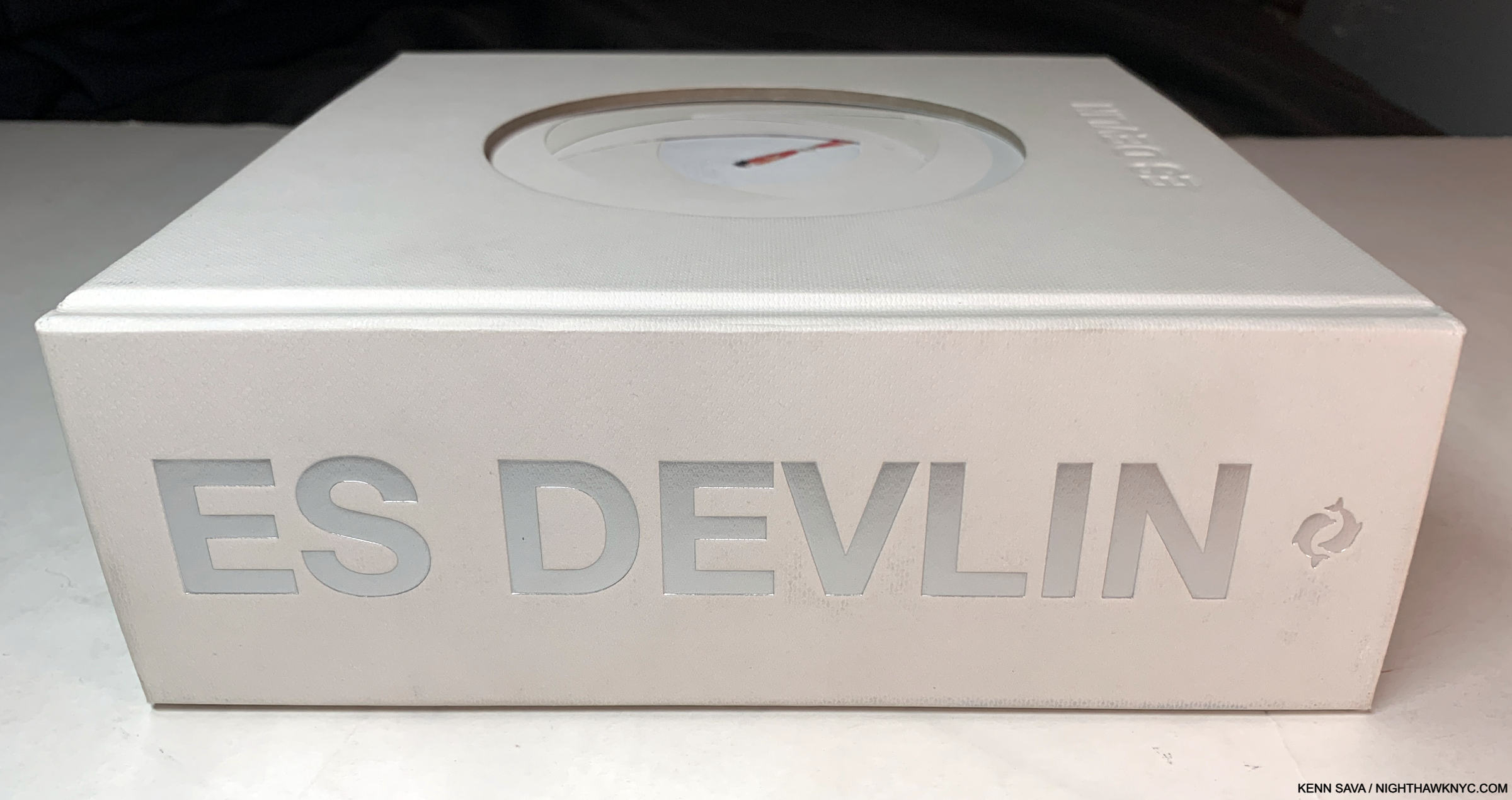
Back into the fast forward machine to 2024, Es Devlin is now the subject of a mid-career Retrospective at NYC’s Cooper Hewitt, Smithsonian Museum of Design. To accompany it, she, Cooper Hewitt and Thames & Hudson have combined to use the show as an opportunity to publish her first book, An Atlas of Es Devlin. When I first spotted a copy on a shelf with only “ES DEVLIN” in silver on its 2 1/2 inch thick(!?) white spine, I felt a tingle of anticipation. Suffice it to say, given all I’ve seen- in person and via research, and the weight of that Leonardo reference, my expectations couldn’t have been higher.
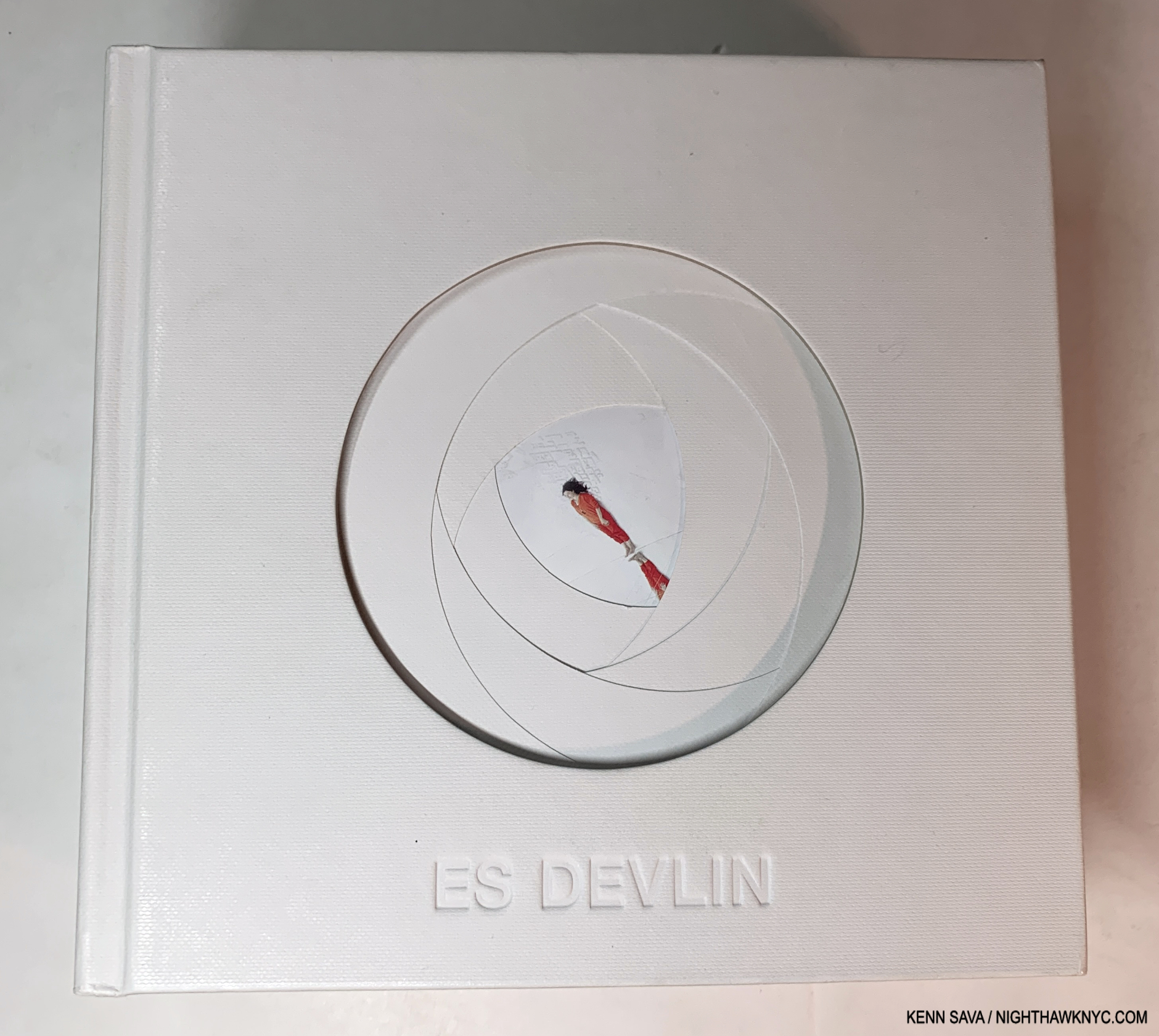
What we have is, well… I’ll let the Thames & Hudson PR staff tell you-
“An Atlas of Es Devlin is a unique, sculptural volume of over 900 pages, including foldouts, cut-outs, and a range of paper types, mirror and translucencies, with over 700 color images documenting over 120 projects spanning over 30 years, and a 50,000 word text featuring the artist’s personal commentaries on each art work as well as interviews with her collaborators including Hans Ulrich Obrist, Bono, Benedict Cumberbatch, Pharrell Williams, Carlo Rovelli, Brian Eno, Sam Mendes, Alice Rawsthorn, and Abel “The Weeknd” Tesfaye. Each book is boxed and includes a die-cut print from an edition of 5,000.”
PHEW!
HERE was the moment of truth. Will her body of work hold up to the close scrutiny such a comprehensive book provides?
“The instinct to fill a void with art is, to me, fundamental.” Es Devlin, hand-written reproduction inside the cover.
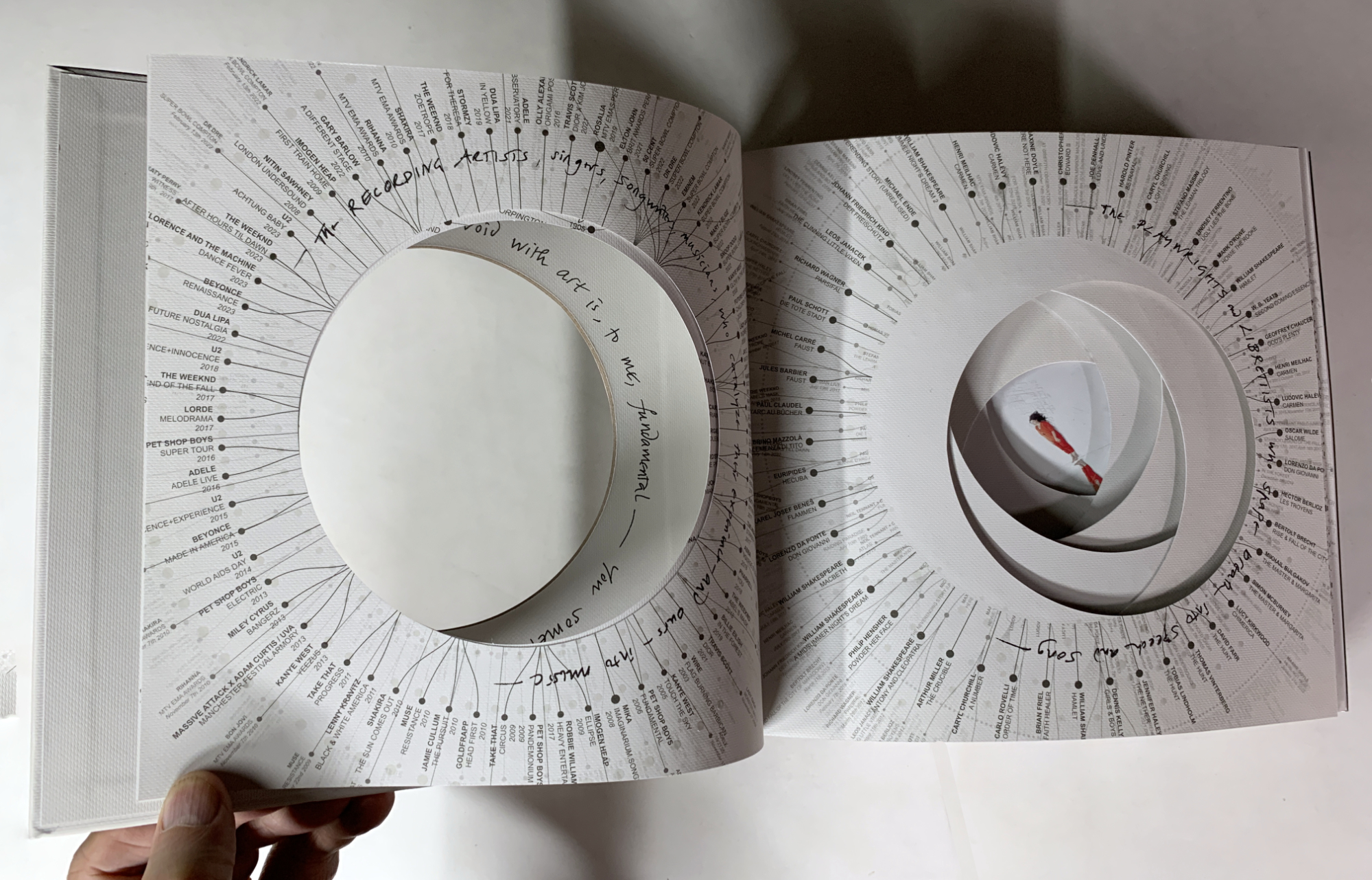
Ever see a resume like this? Inside the cover, the list of Musicians she’s worked with, left, and Playwrights & Librettists, right, surrounding Es in the middle after more pages of credits and thank yous.
Holding a copy in my hand, it was immediately obvious that the book is a duality. At once it feels crafted with care at every turn, mirroring the personal feel of a very limited edition, yet it’s a mass-produced object published by a big publishing company. The cover, shown earlier, and the first 8 pages are die-cut to look like we’re peering into a camera lens. On each of these the opening is surrounded by credits, and there are many of them. They lead to a picture in the center (the aperture) of the Artist, herself, on the 9th page, standing obliquely between a white cityscape and white clouds, dressed in red; the “focus” of her own show, for once!
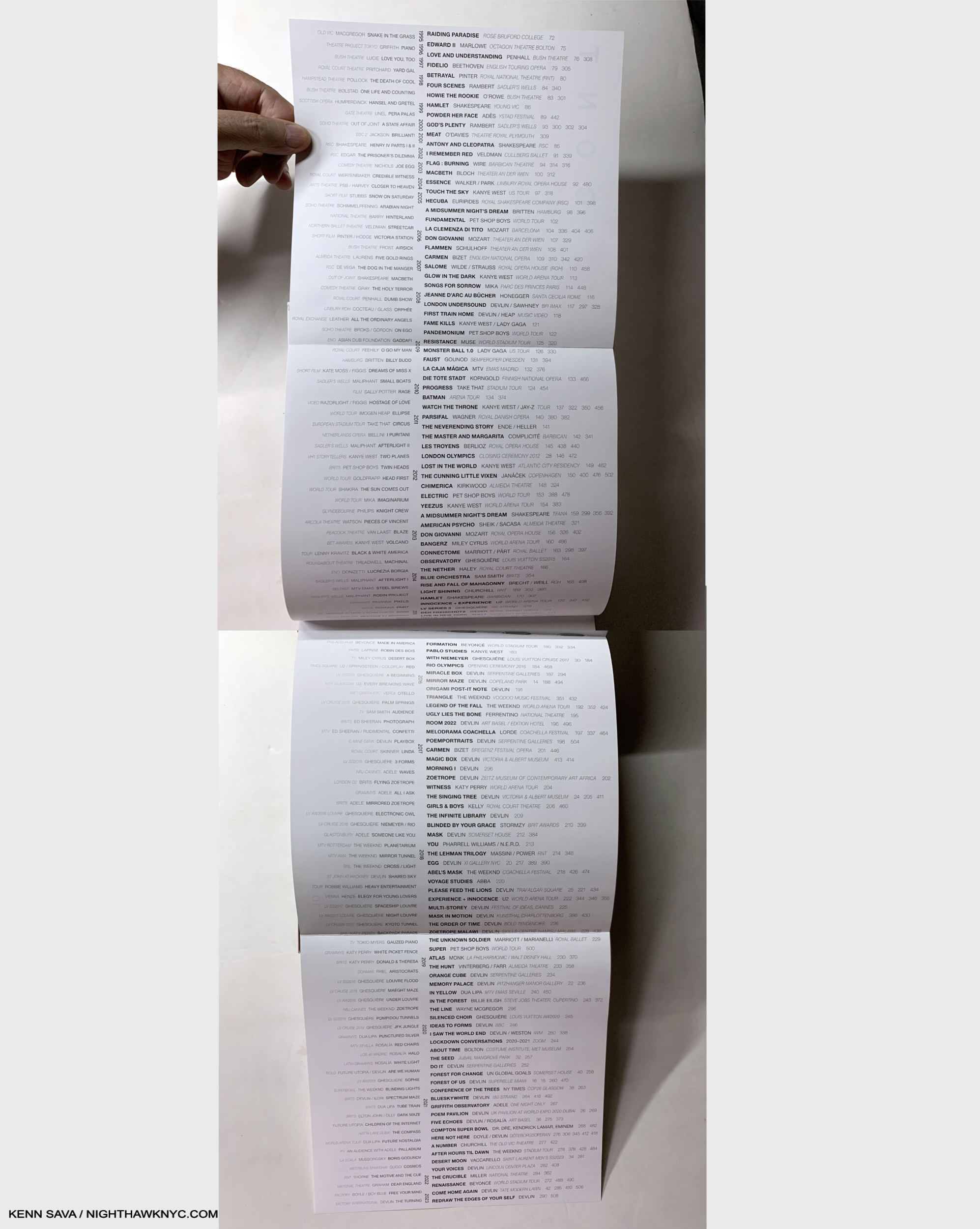
The Table of Contents opens up to the 4 page list of projects arranged chronologically- 1995 at the top, 2023 on the bottom. Those in the center in black are included in the book. Others, to the left in grey, are omitted. It’s shocking how many projects are listed. It took two pictures to get them all in.
Then we get the title page, the table of contents, which opens to a double gatefold listing her projects from 1993-2023. (Has she really been creating for THIRTY YEARS already?) Moving forward into the book proper, I quickly realized that the design was, yes, unique, and yes, stellar. Impressive for a first book, but, I’m here for more.
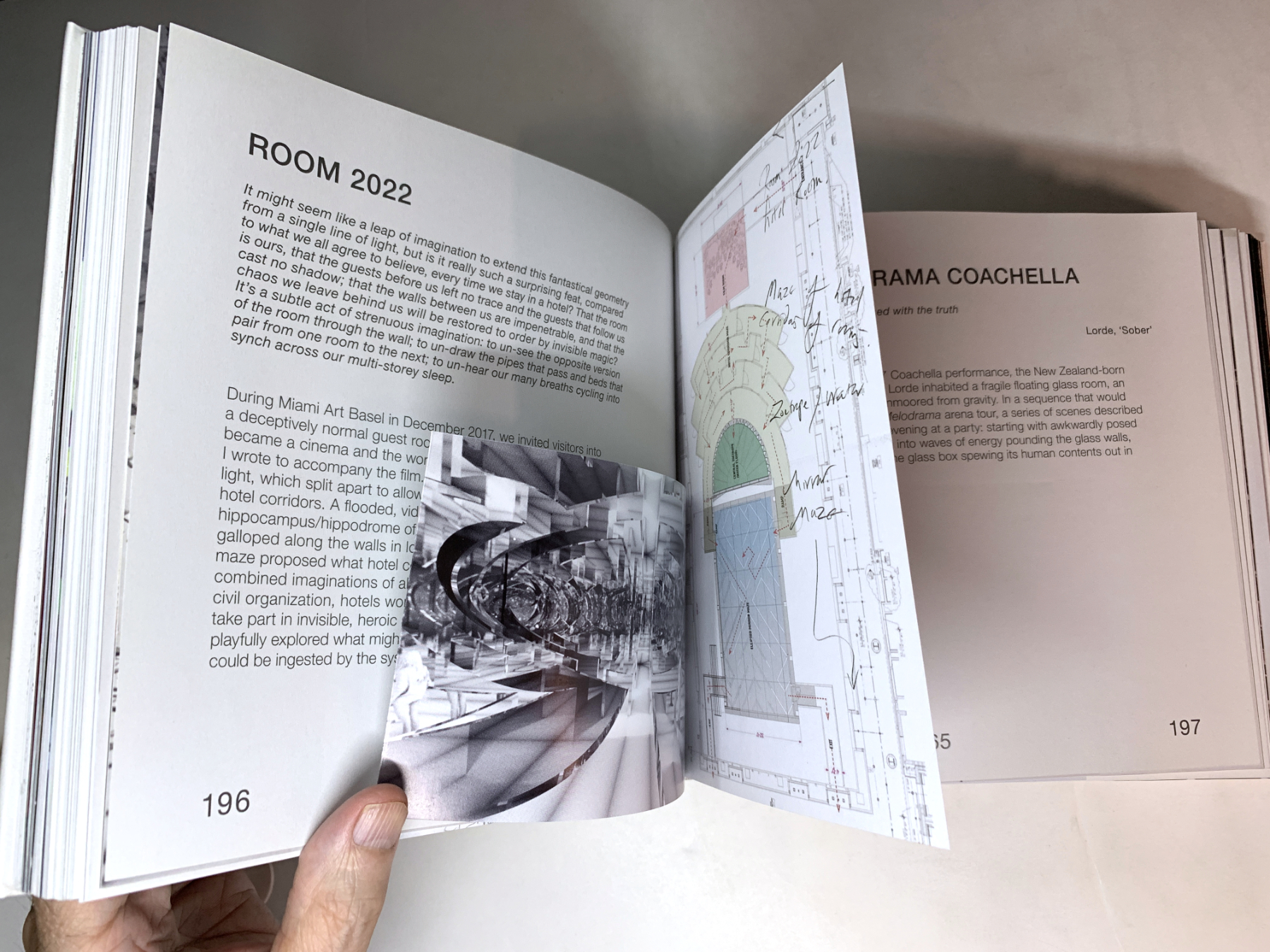
Each project typically gets 2 full pages delineating its genesis, though many have inserts that range between 2 and 40 additional pages.
Her innumerable projects get small chapters of their own (small because there are A LOT of them), and many feature a variety of half pages, fold outs, inserted booklets, and what have you, making them different and fresh from each other. Then, there is a large section of color Photos of the actual performances, followed by the texts mentioned by Thames & Hudson earlier.
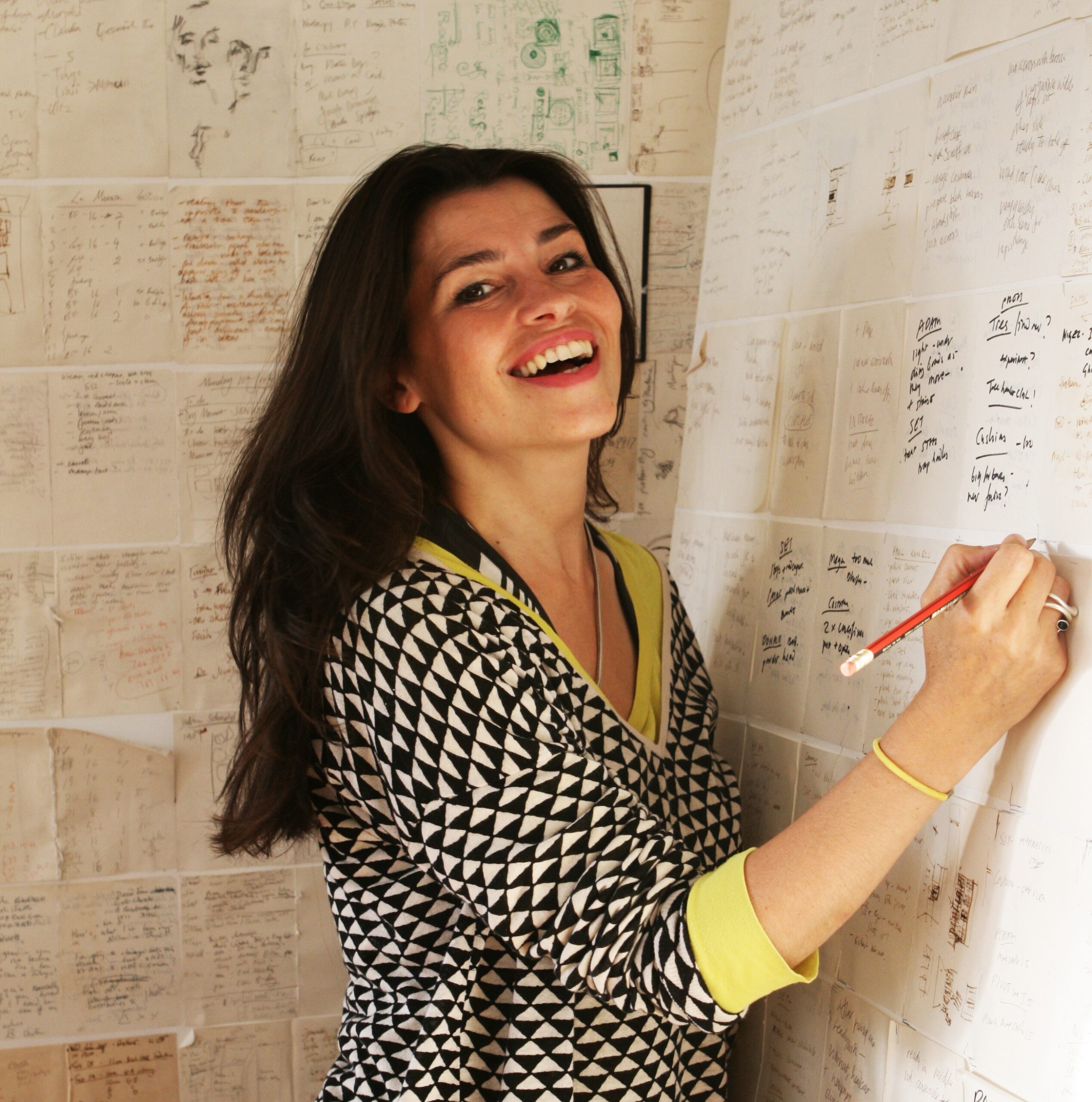
One of the world’s most remarkable Artists. What srtikes me about this Photo of Es Devlin in her studio is that she’s virtually surrounded by hand-written notes & Drawings. *-Photo by Tibby762
I was shocked to see that reproductions of countless Drawings on paper are included, which showed me that even Artists who’s work involves cutting-edge and innovative technologies continue to rely on Drawing on paper (something I have long considered to be an essential life-skill for everyone- whether it be on paper or digitally. I’m serious.) Then, another reveal- she relies on handwritten notes, which also fascinates me. When Sheena Wagstaff, the former Chair of Modern & Contemporary Art at The Met sat down next to me during a Nareen Mohammedi Symposium, I couldn’t help but notice that she, too, was taking notes by hand. Both commit their important notes and sketches to paper- not to a digital medium. (This is not mentioned as a criticism in any way of either highly esteemed lady.)
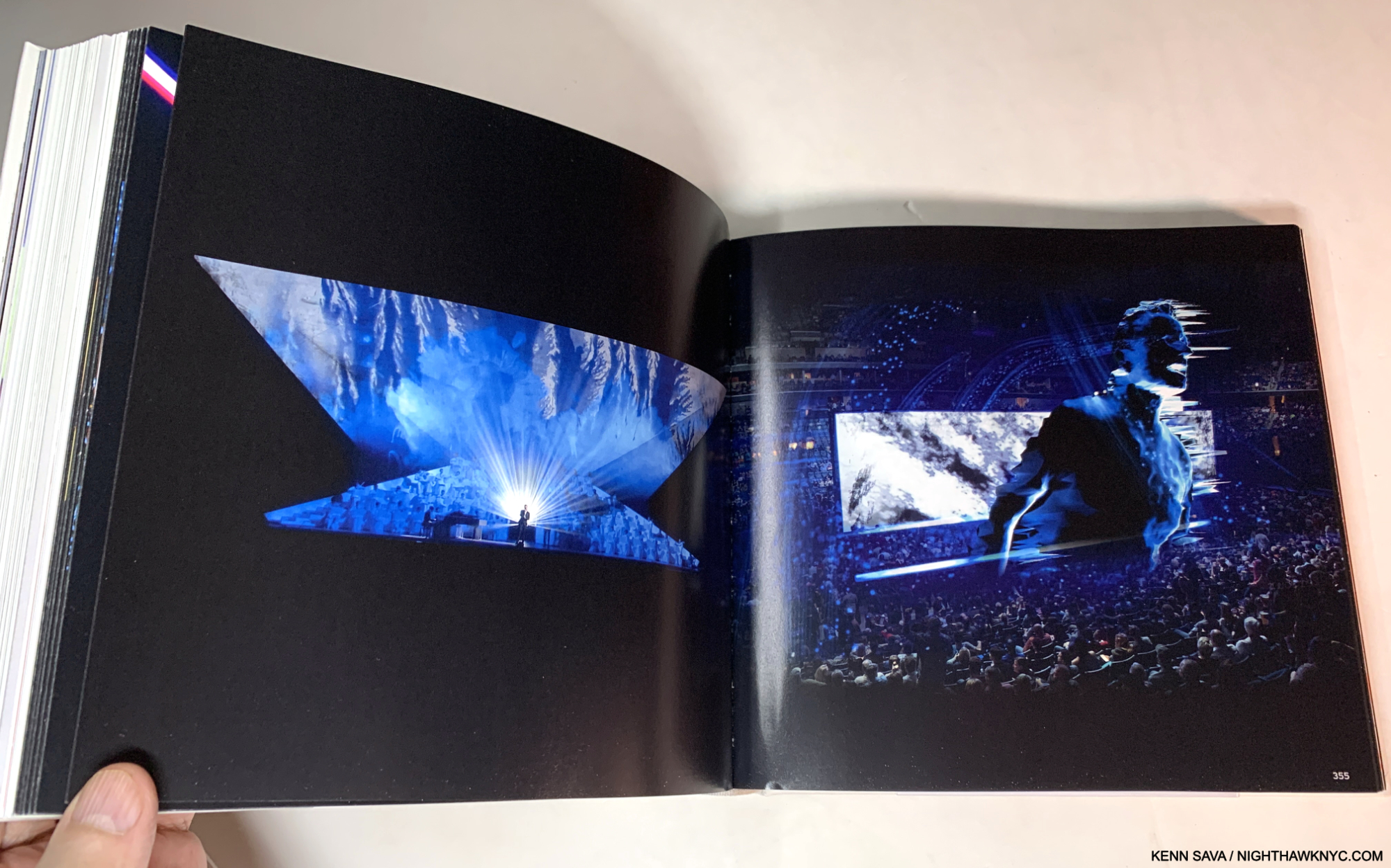
That’s not all. In addition to her devotion to Drawing, another pillar of her craft is reading. Page after page of An Atlas references something she read inspiring that project in some way. Reading this, I was struck with one overriding question-
“The woman is so incredibly prolific, creating project after seemingly impossible project steeped in infinitely complex details (in addition to having a family and a life): WHERE DOES SHE FIND THE TIME TO READ, and read so much?”
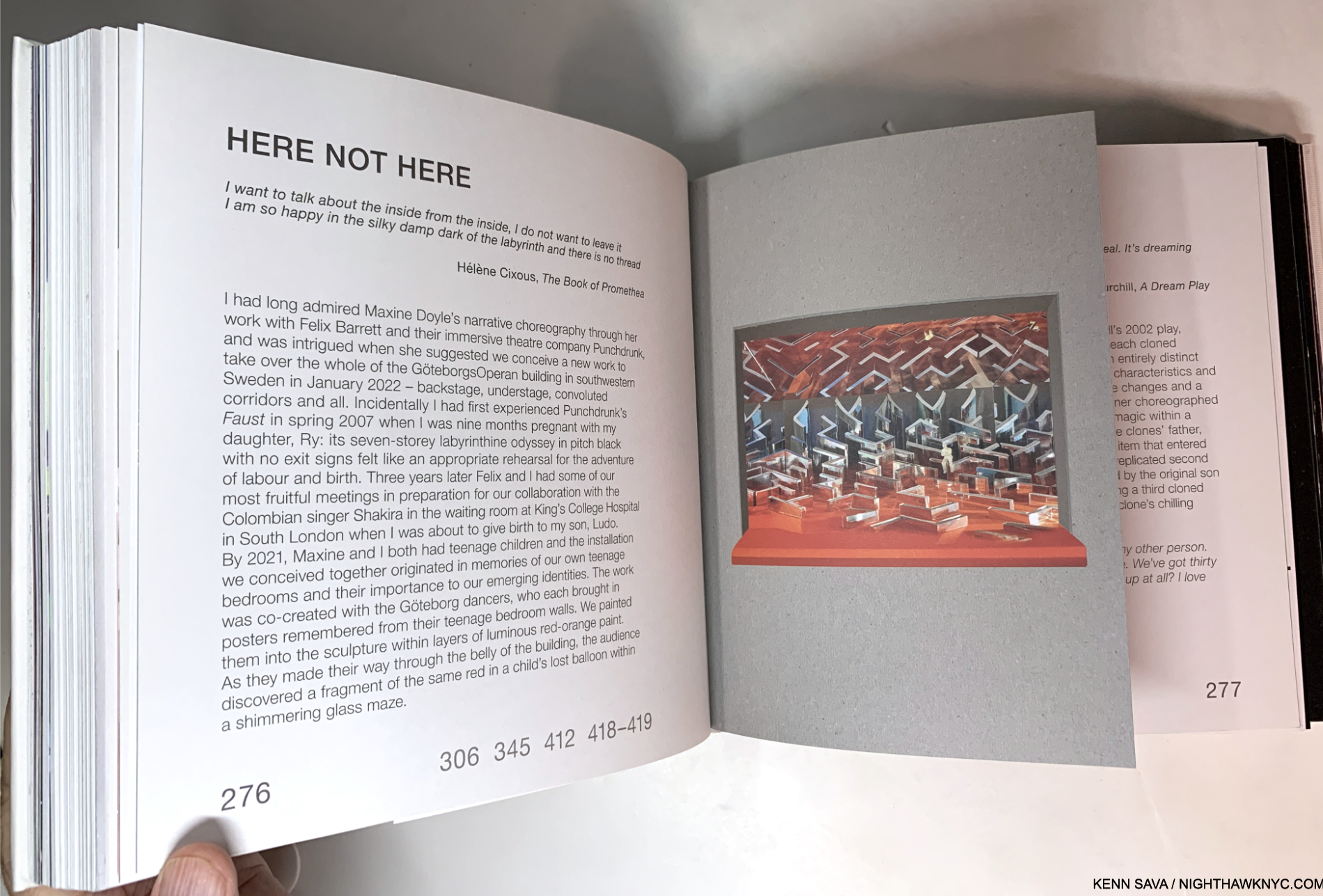
In the projects section inserts of all kinds are the norm, as in a hand-made book. The numbers “306 345 412 418-9” reference pages in the color Photos section where the realized project is pictured in its live performance.
Deep into the concept section, titled “A Selection of Works, 2012-2022,” as my mind is melting over as each project passes in the form of sketches, models or in-progress images as I page turn, I begin to wonder- “Did she really get this made? What did this look like for real?” After the concepts, the large section of color photos shows each project as it was realized. Historic proof each existed. Oh! And get this- MOST of the Photographs included in this NINE HUNDRED page magnum opus are by, you guessed it: Es Devlin, herself.
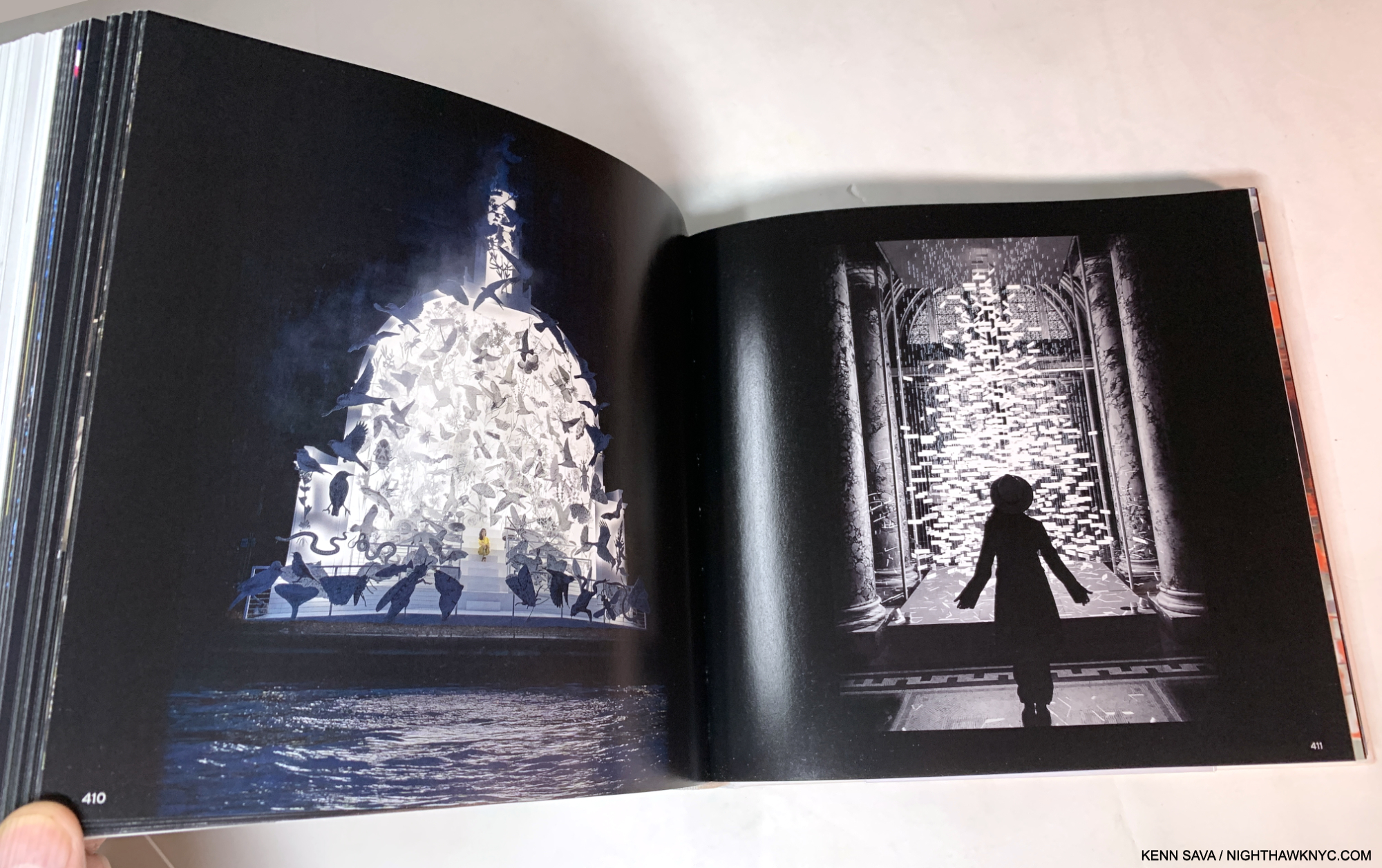
Taking it all in, the thing that strikes me is that stage design is fleeting. It takes an immense amount of work to conceive, design, and create, but once the performance is over, it’s gone, probably for good, living on in the memory of those, like me, who witnessed one of her productions. There aren’t even that many videos circulating of them! In creating An Atlas, Es Devlin has struck back against this impermanence with a lasting record of her process in creating these works and their singular results.
Taken as a whole, An Atlas of Es Devlin is a staggering achievement- like many of her productions are. Es Devlin has burst forth onto the Art Book world with a debut monograph that will be hard to top: on many levels. It’s destined to find itself on the reference book shelves of Artists, Playwrights, Authors, Opera Directors, Stage Designers, Graphic Designers, Book Designers, as well as Art historians and her fans, for years to come.
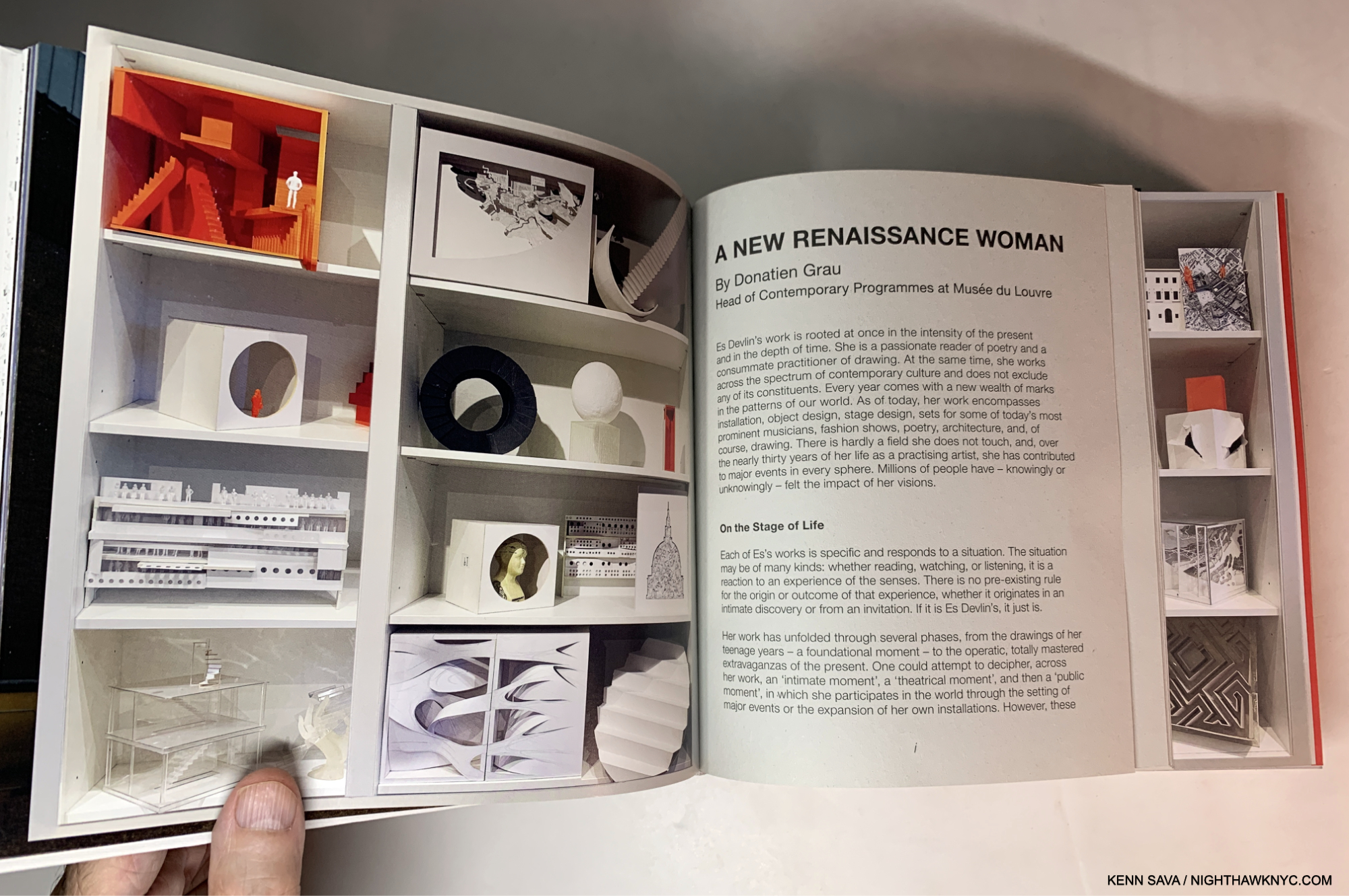
“A New Renaissance Woman.” Donatien Grau of the Louvre, no less, is on to something, I think.
Of his almost innumerable areas of exploration and invention, stage design was not one of Leonardo’s skills (as far as I know. Far be it from me to put ANYthing past him!). So, I wonder what he would make of Ms. Devlin and the Sunday Times’s comparison. We’ll never know. But, I can make this comparison- Leonardo did leave us some of the most astounding books any human ever created: his Notebooks. Though unpublished in his time, and no doubt created for his own use, they have subsequently become eternally important, extraordinarily prophetic and endlessly influential. Es Devlin has now published her Atlas. While I would never compare Arists, or say one is “greater” than any one else (such comparisons are meaningless), it would be endlessly fascinating to have Leonardo’s Notebooks next to a copy of Es’s Atlas, so one could page through both. While you would certainly feel the passage of time going back and forth, I have a feeling that you might still find some commonalities between Leonardo’s “books” and Es’s book. Endless imagination, endless creativity, the fruits of handmade marks on paper, and endless beauty, to name four; each steeped in a study of the craft of Art making and an insatiable curiosity to know more, to explore what’s possible and to take that next step forward. For those reasons, instead of Leonardo, if I were to compare Es Devlin to any Artist, living or dead, it would be Robert Rauschenberg. Each of her creations is THAT unique, one work from the next (and from what anyone else has done), and also THAT endlessly creative and innovative.
So, how’s THAT for a first book?
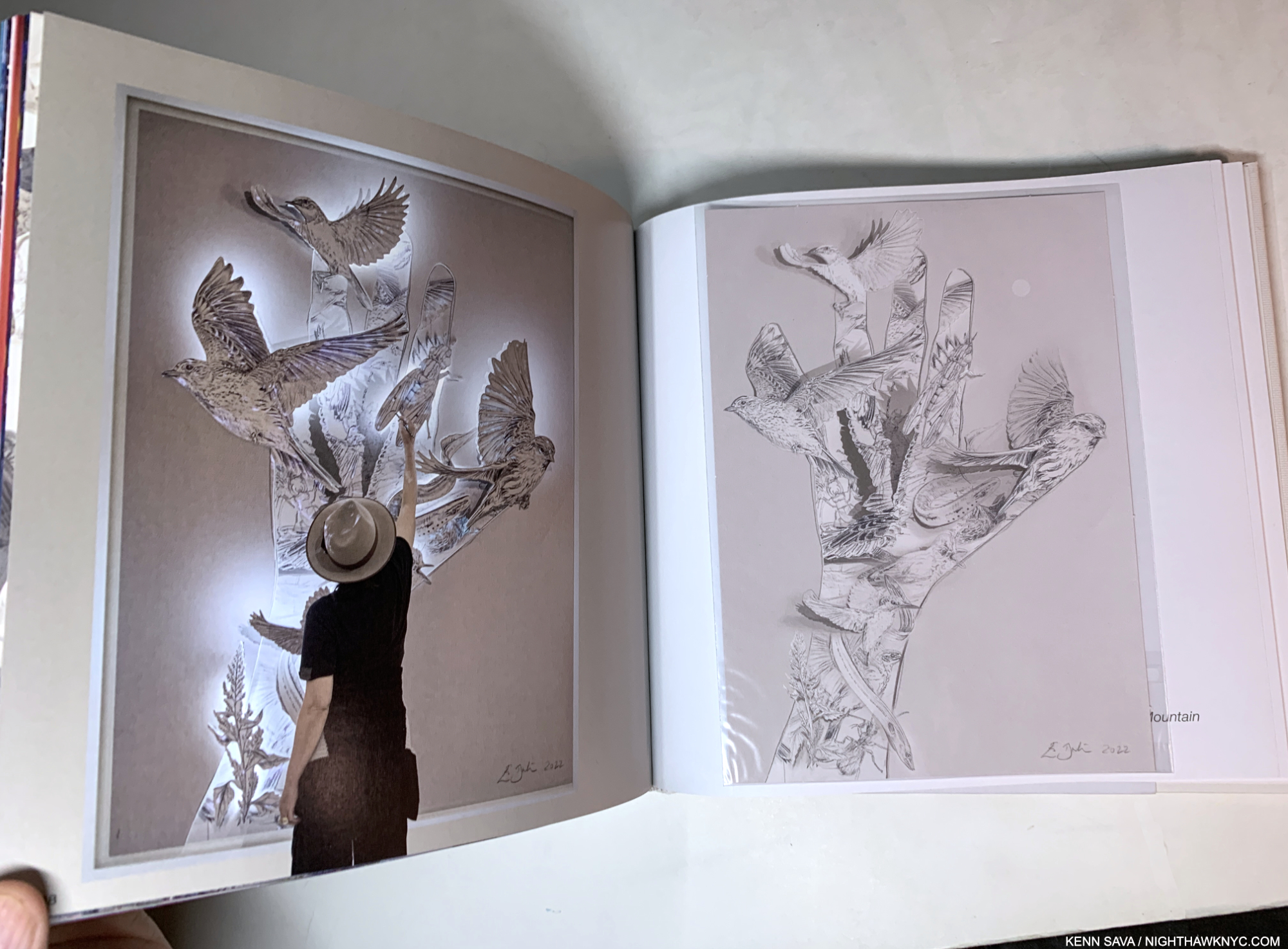
Es Devlin in the midst of creating, left, and a sealed Die-cut Print seemingly based on it, or a similar work, included with the first edition, right.
And, oh? The Lady Gaga show I saw at Radio City 14 years ago that wowed me so barely gets 4 pages of coverage out of the 900 in the book. THAT’S how vast Es Devlin’s work and achievement is. And she’s only in her mid-career.
Watch out, Leo!
An Atlas of Es Devlin is a NighthawkNYC.com NoteWorthy Art Book of 2024.
NighthawkNYC.com has been entirely self-funded & ad-free for over 8 1/2 years, during which 320 full-length pieces have been published! If you’ve found it worthwhile, PLEASE donate by PayPal to allow me to continue below. Thank you, Kenn.
You can also support it by buying Art, Art & Photography books, and Music from my collection! Art & Books may be found here. Music here and here.
Written & photographed by Kenn Sava for nighthawknyc.com unless otherwise credited. To send comments, thoughts, feedback or propositions click here. Click the white box on the upper right for the archives or to search them. Subscribe to be notified of new Posts below. Your information will be used for no other purpose.
